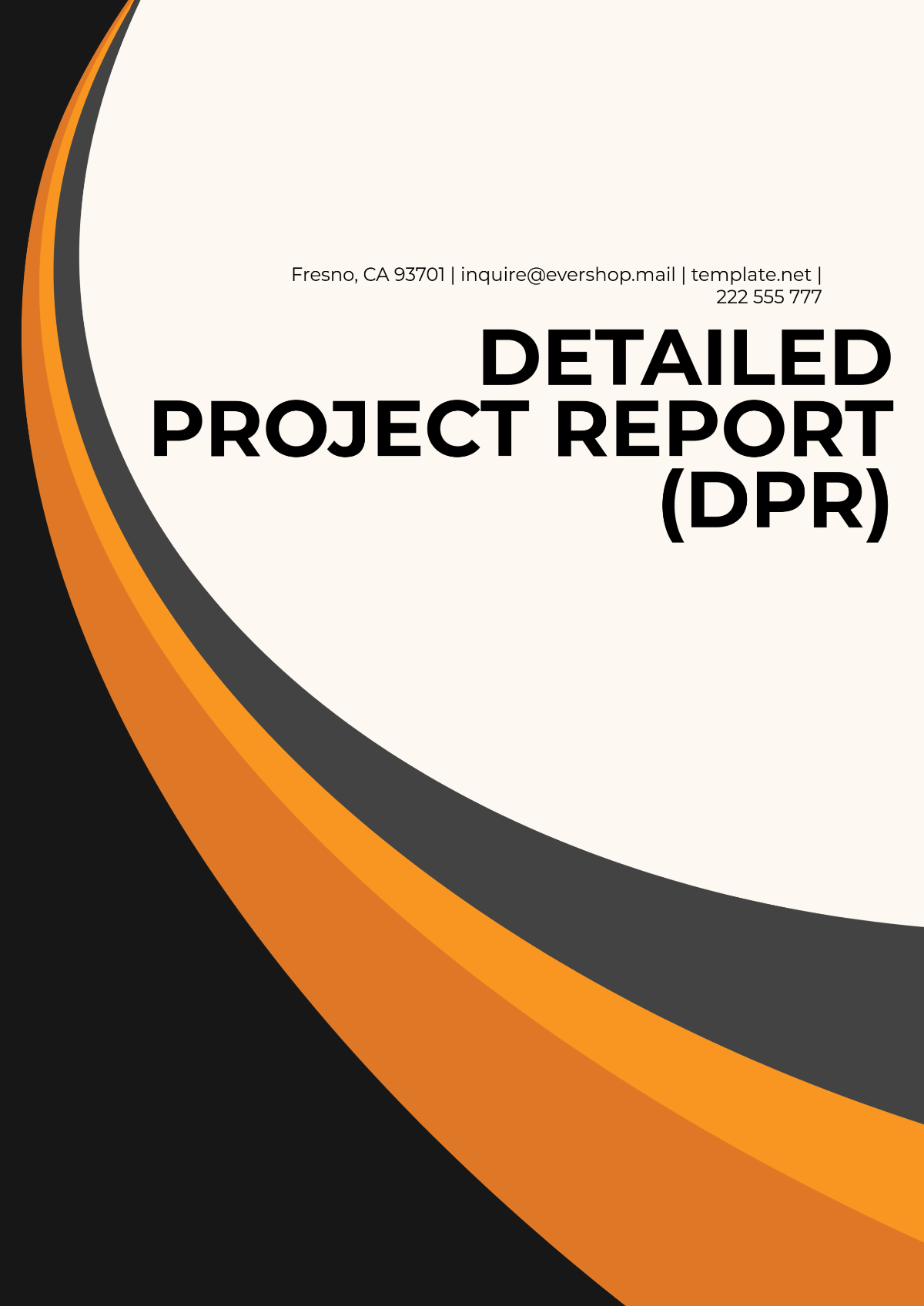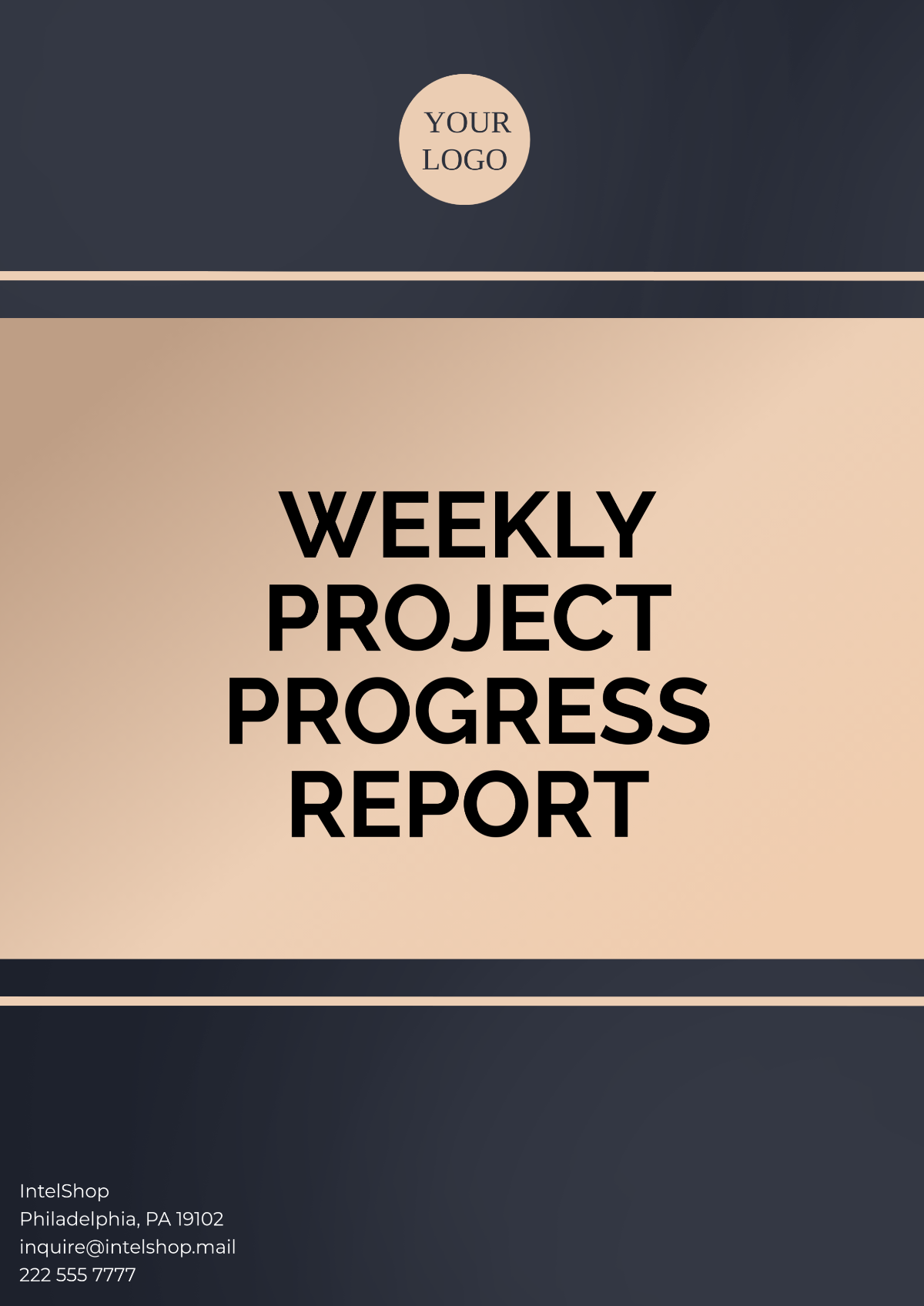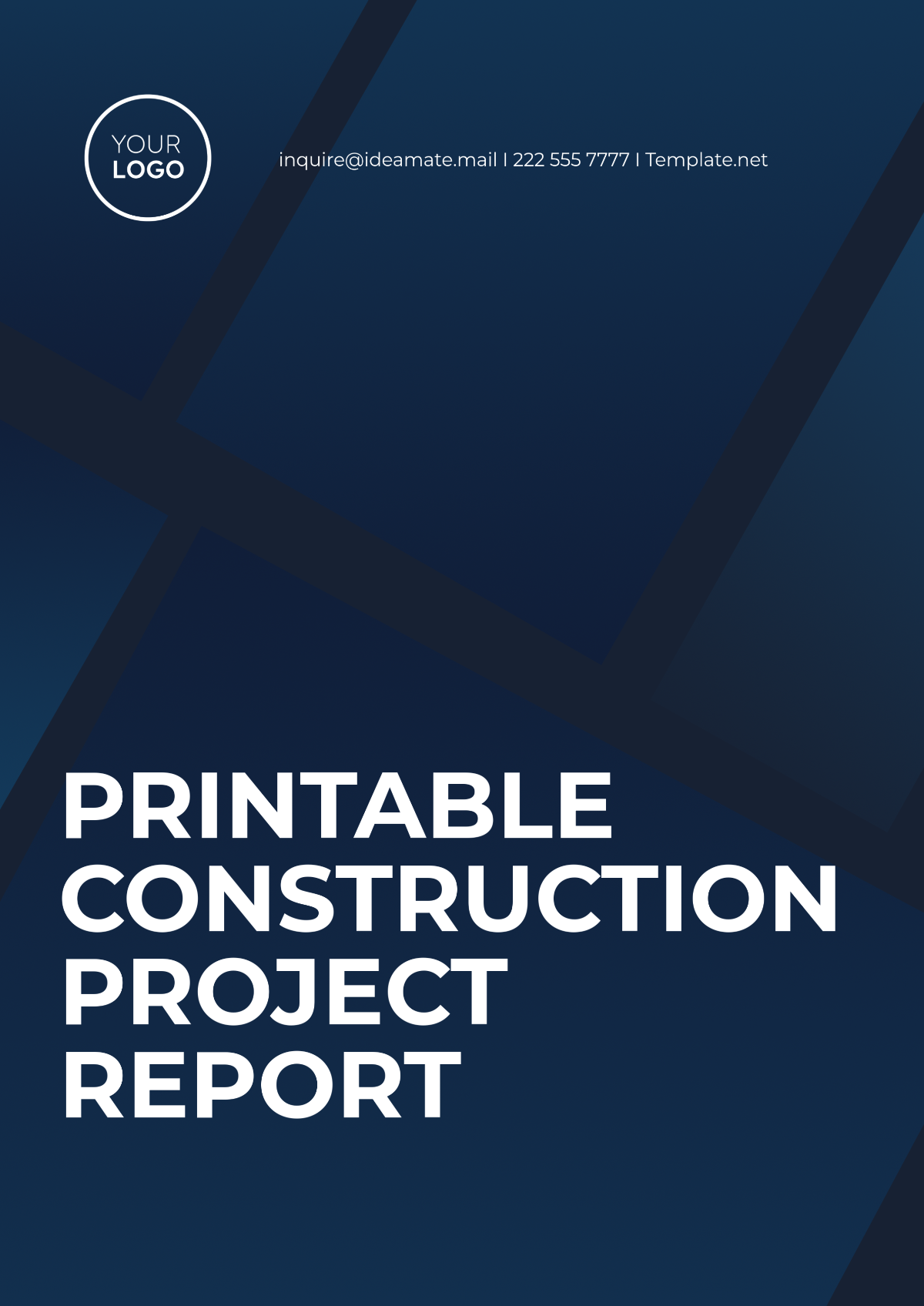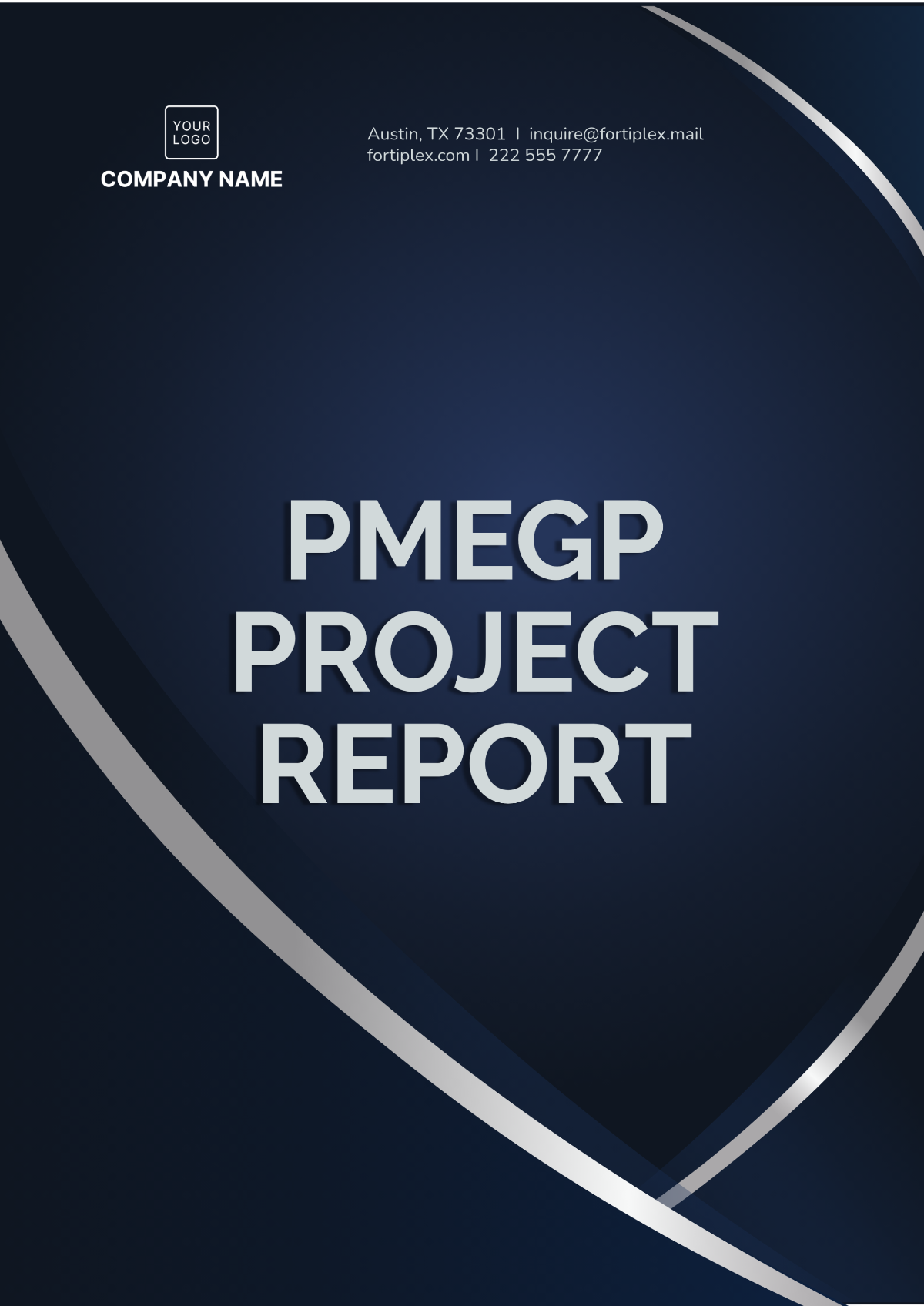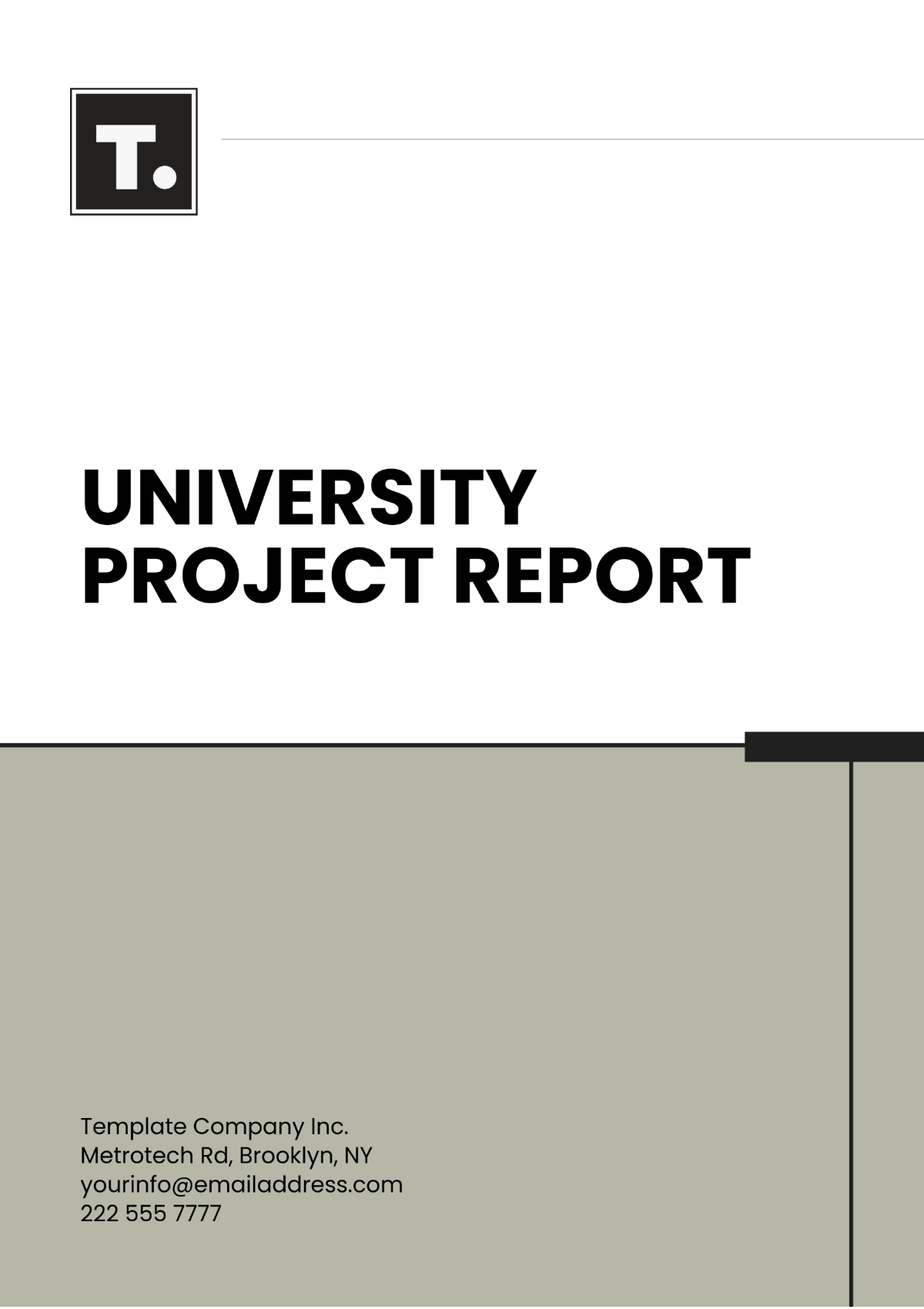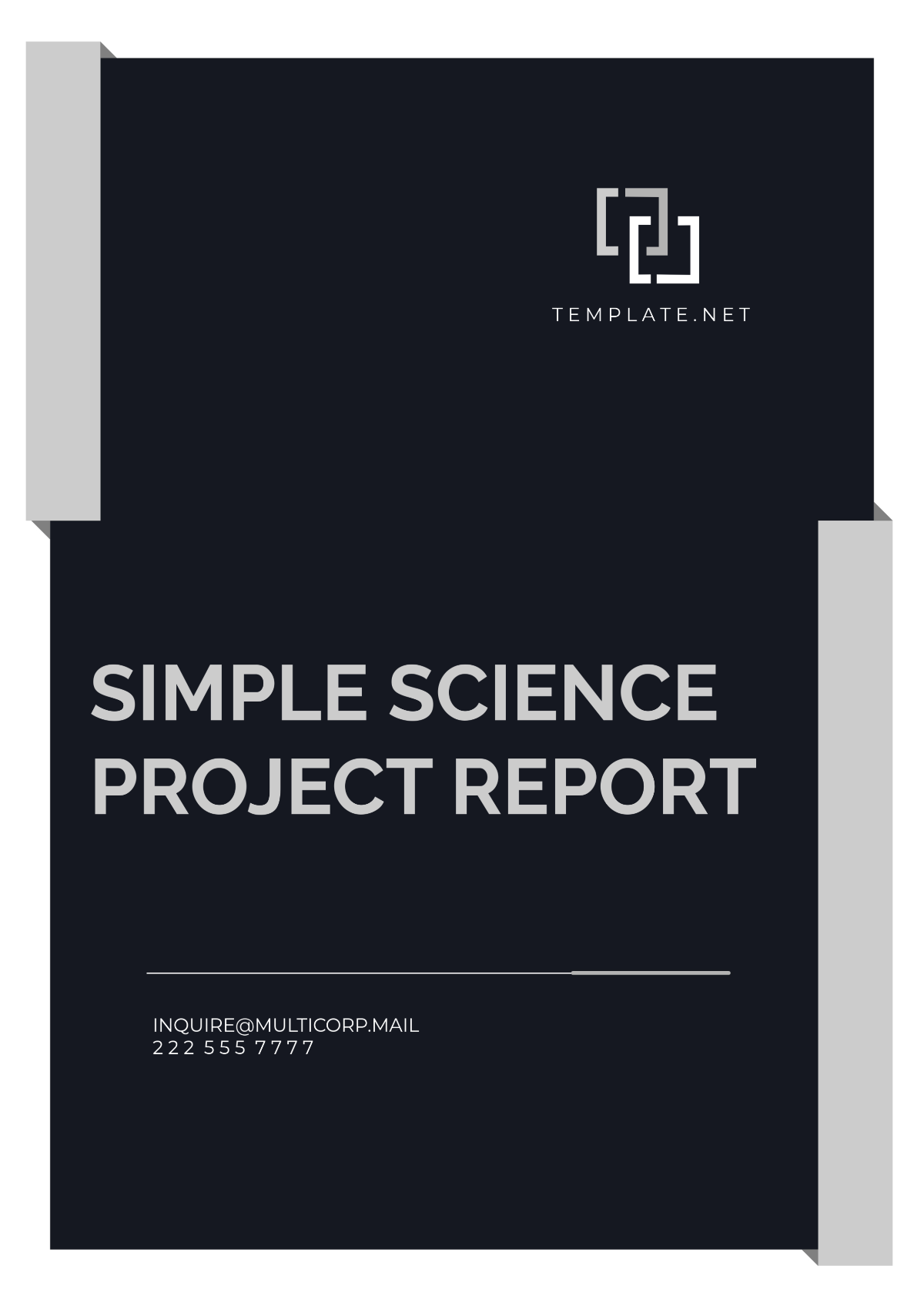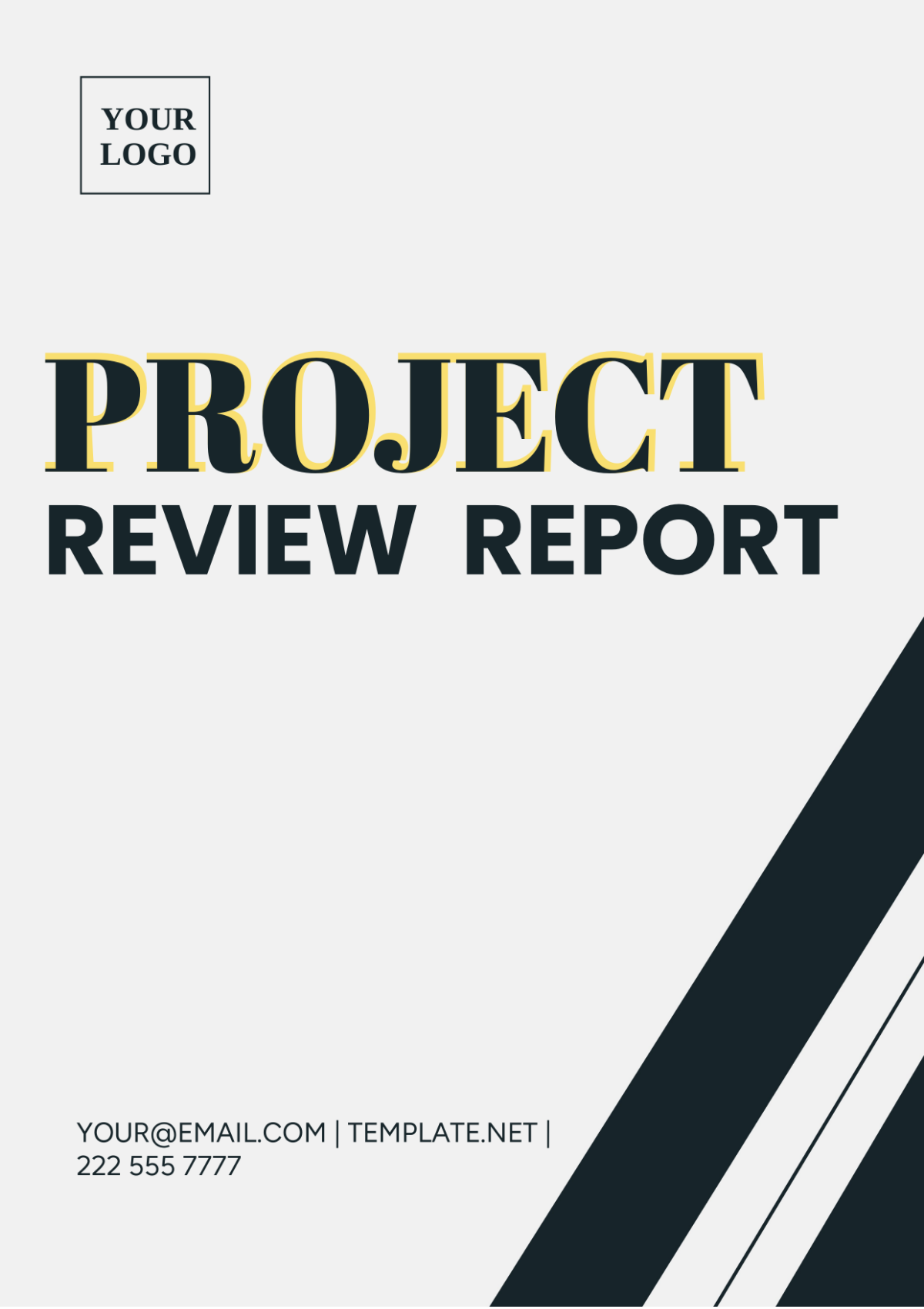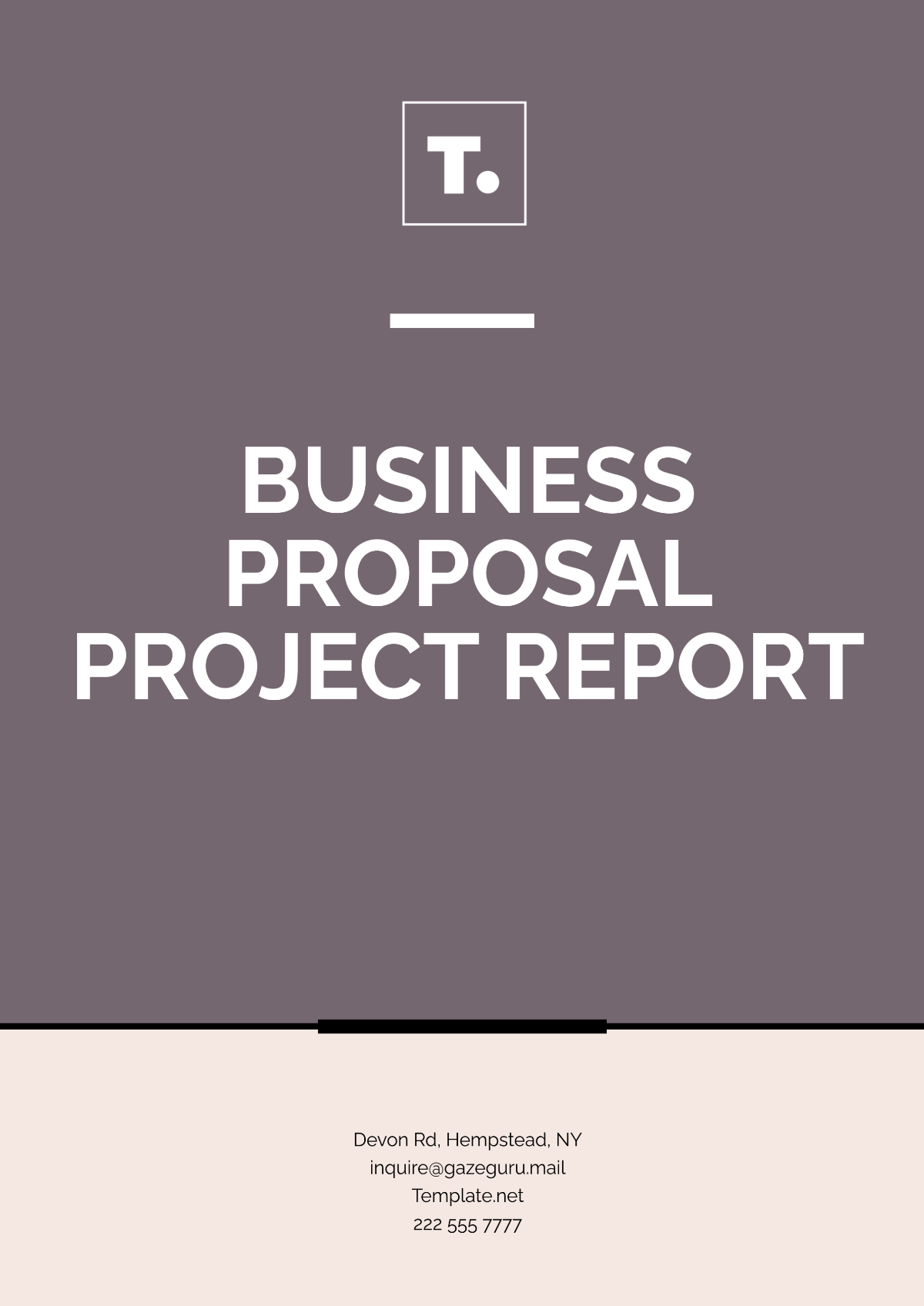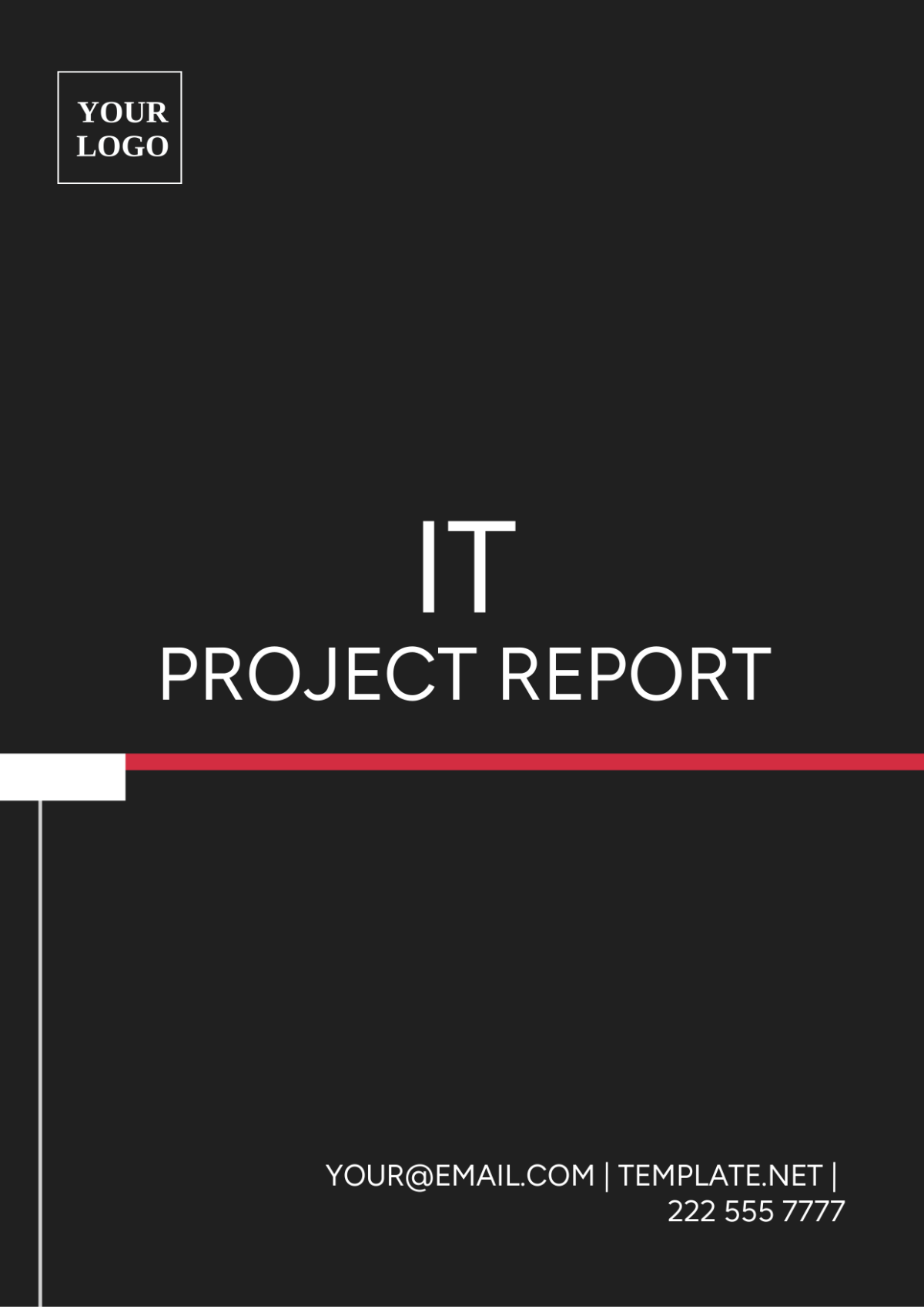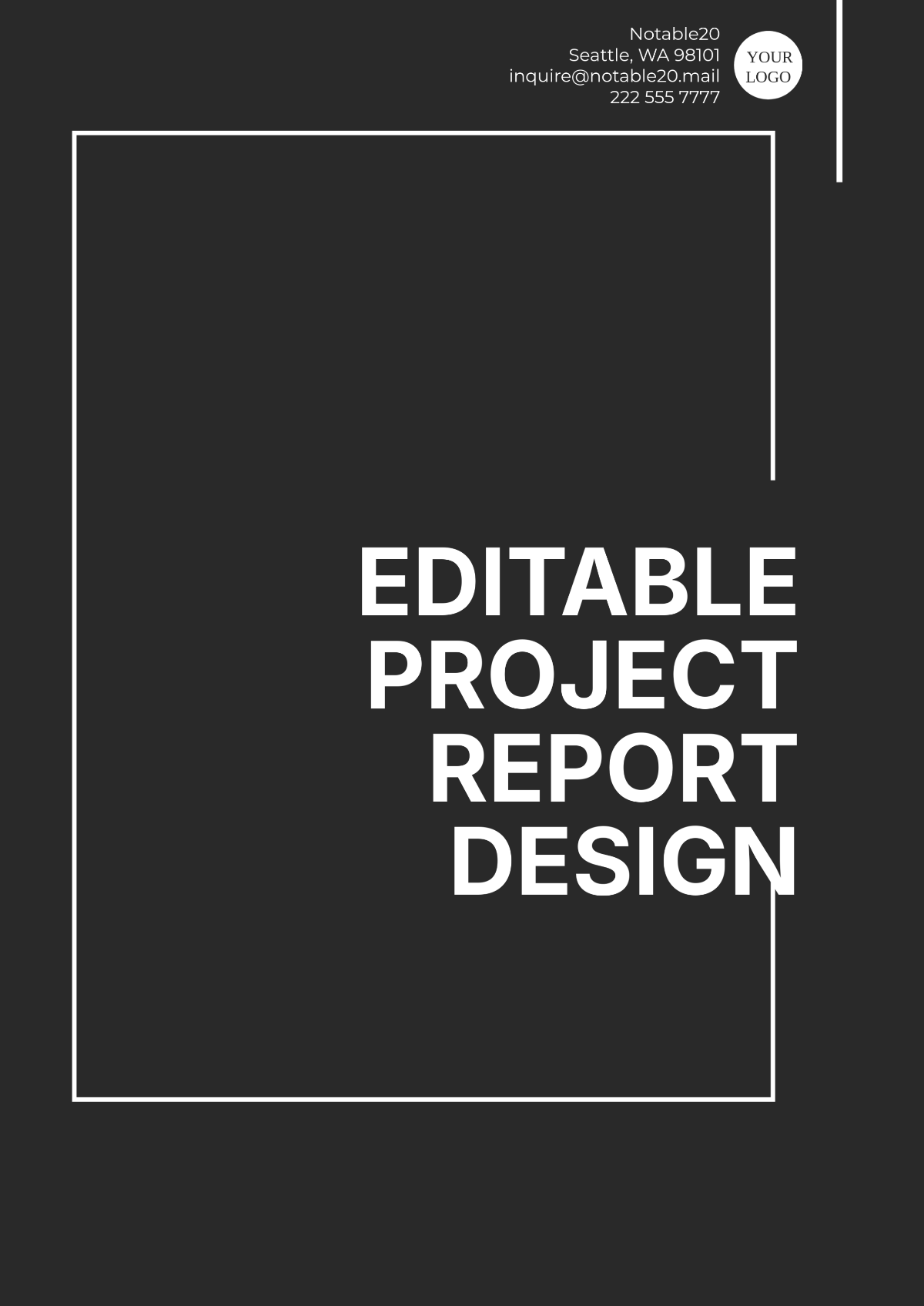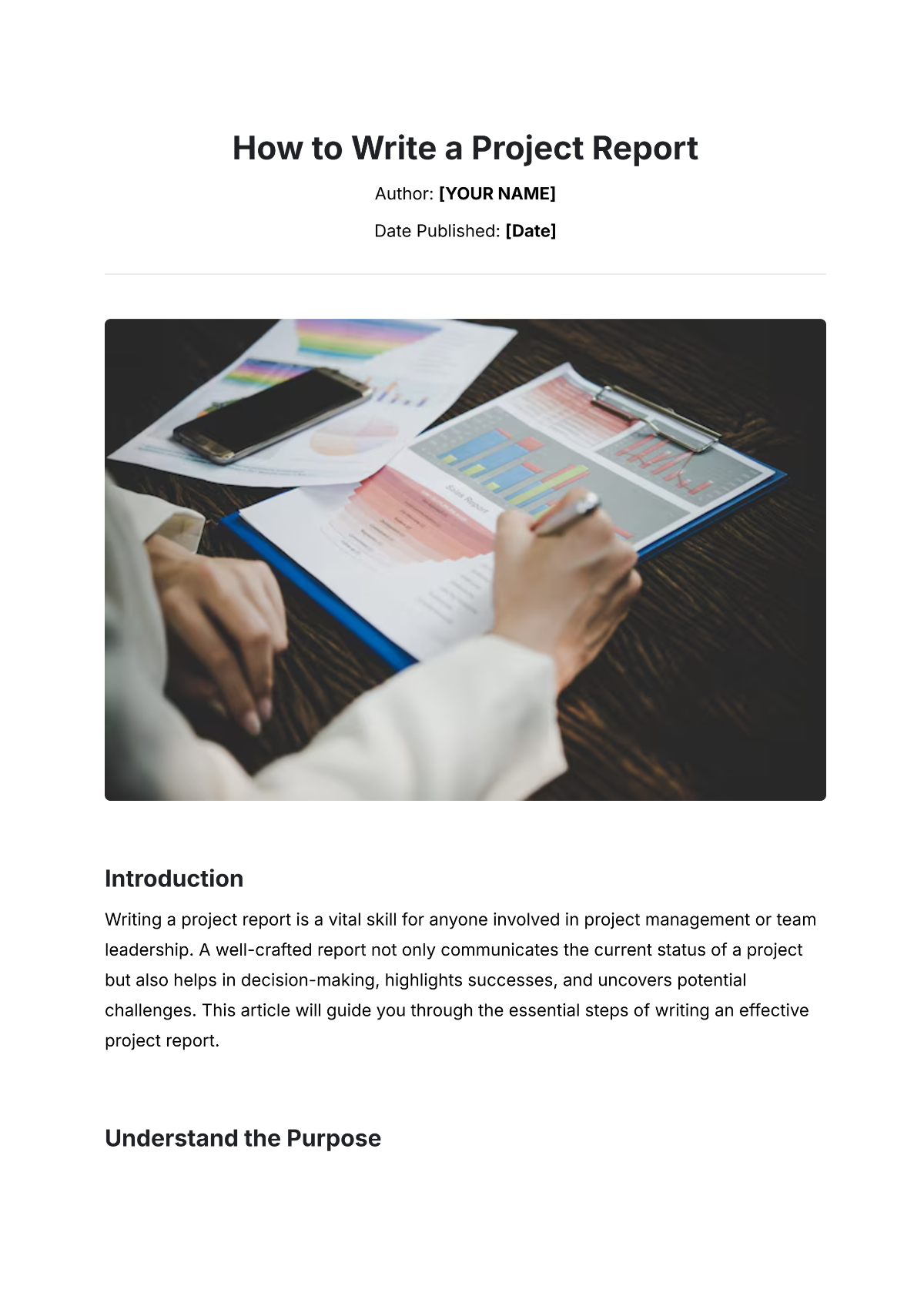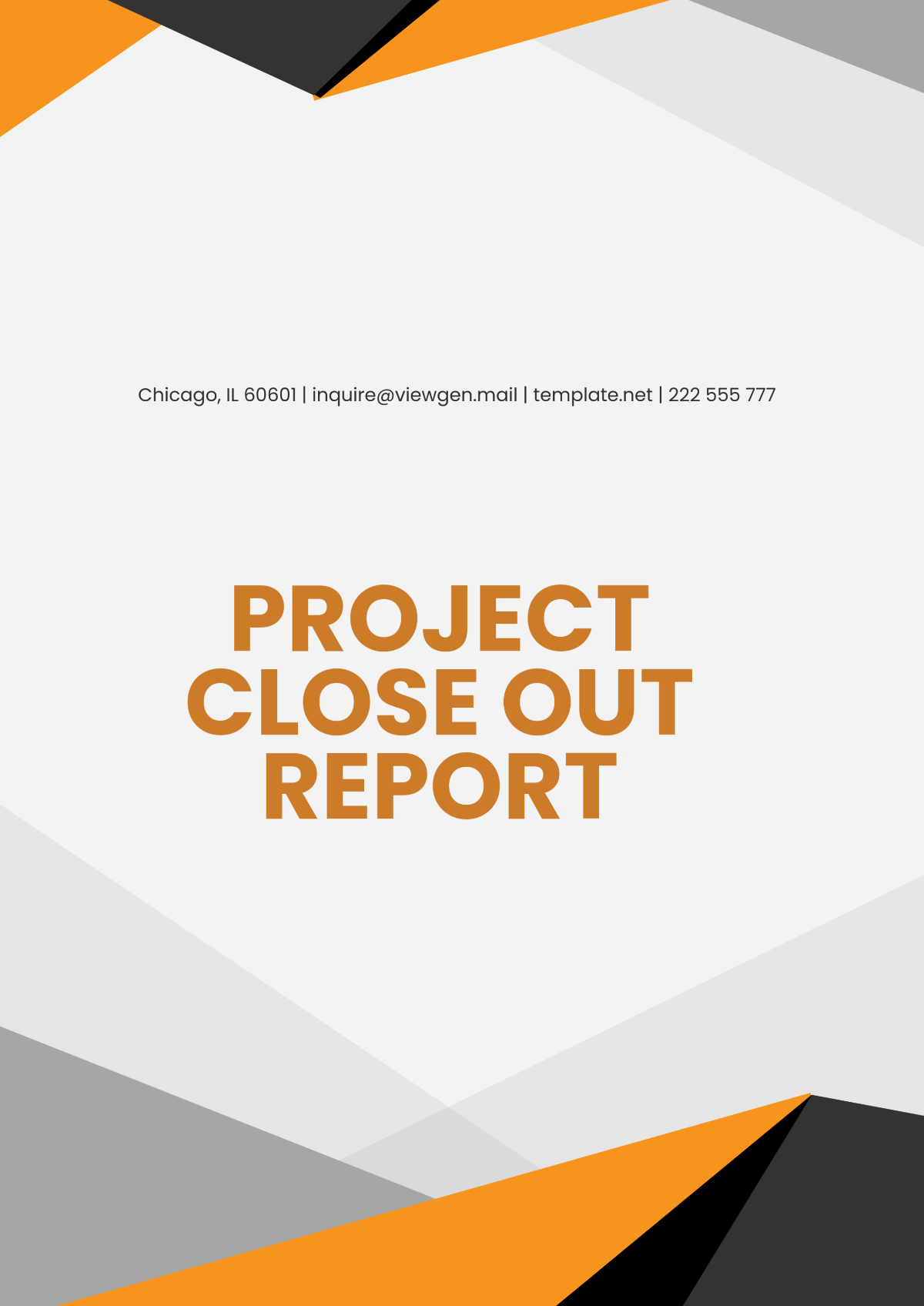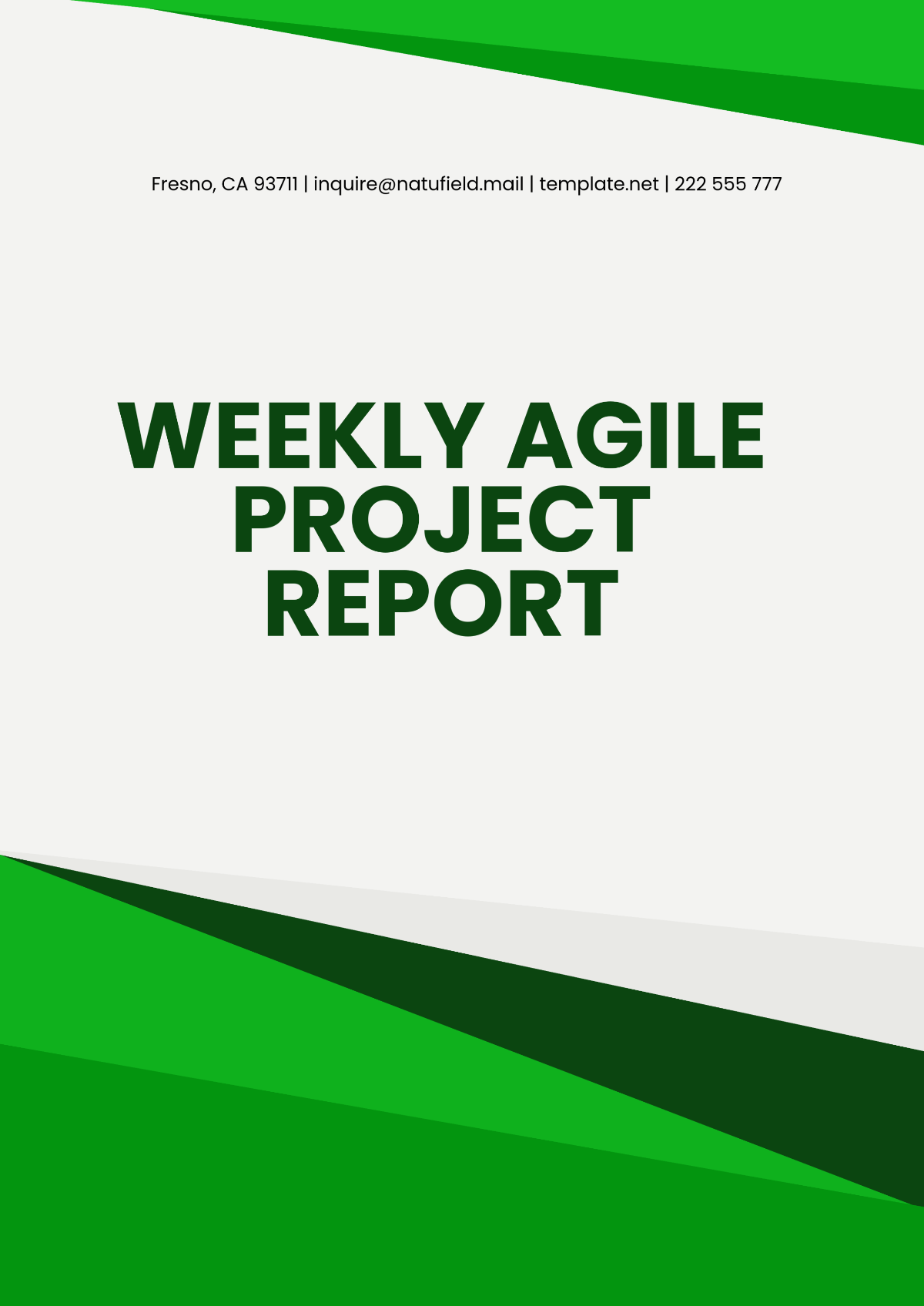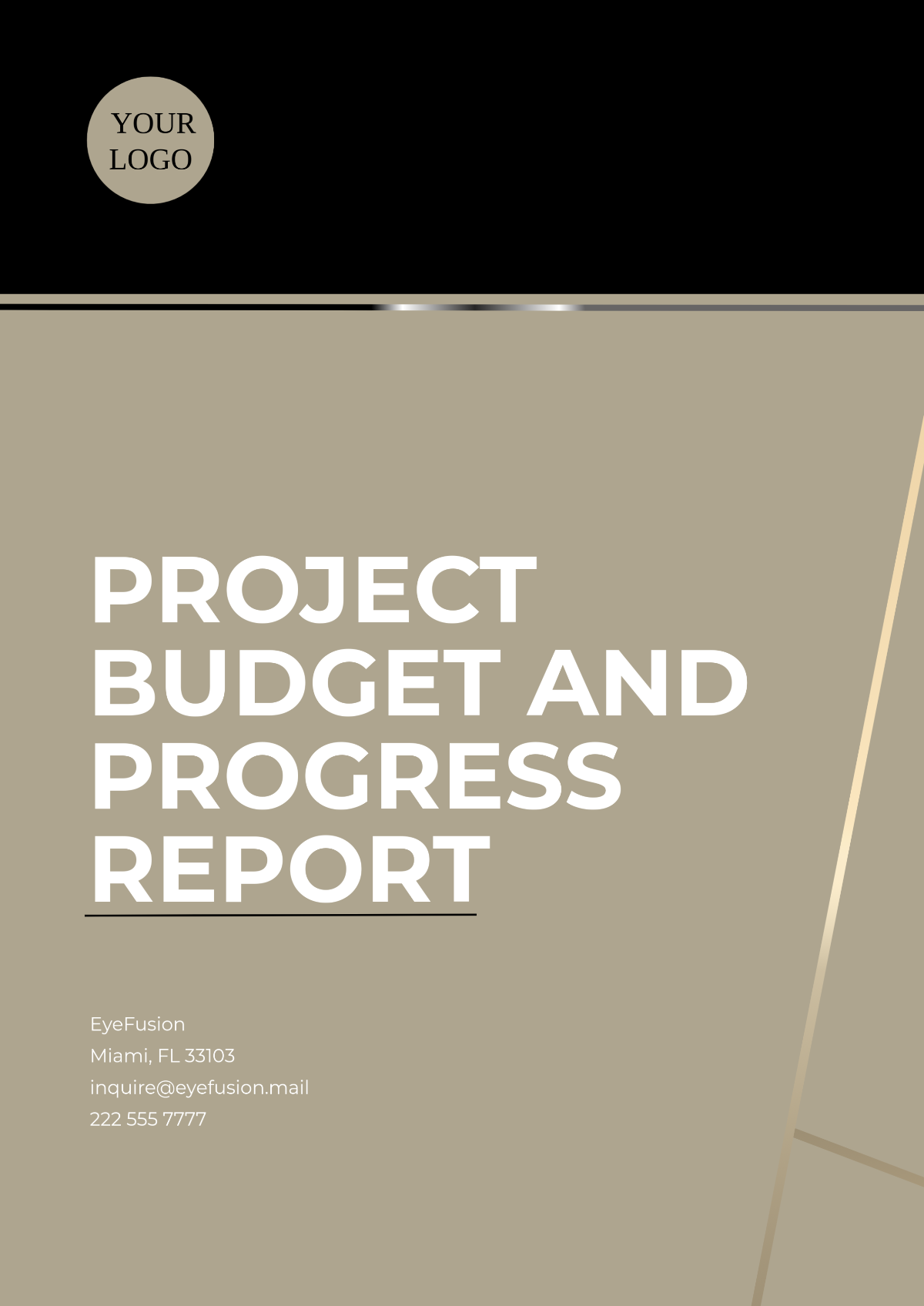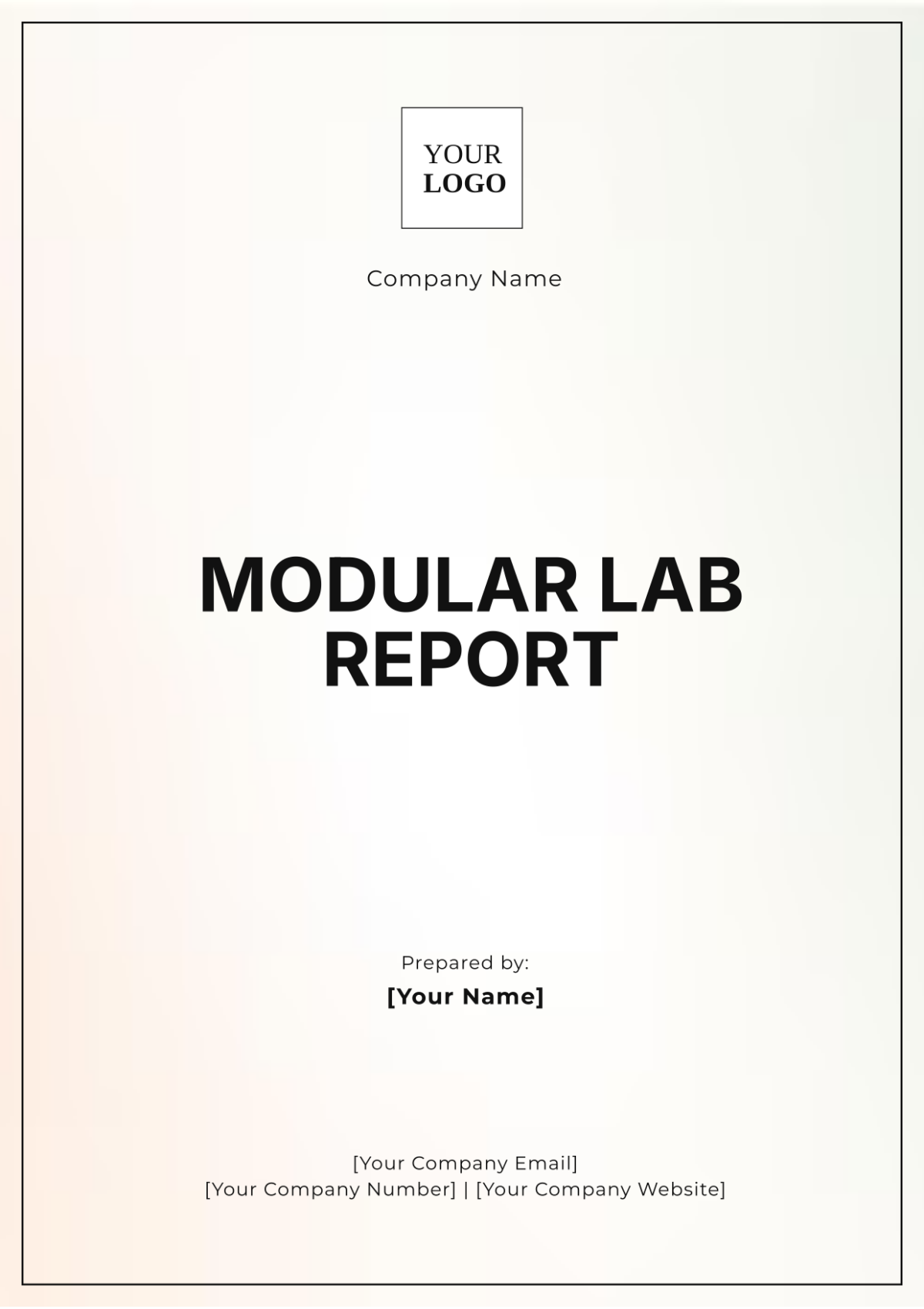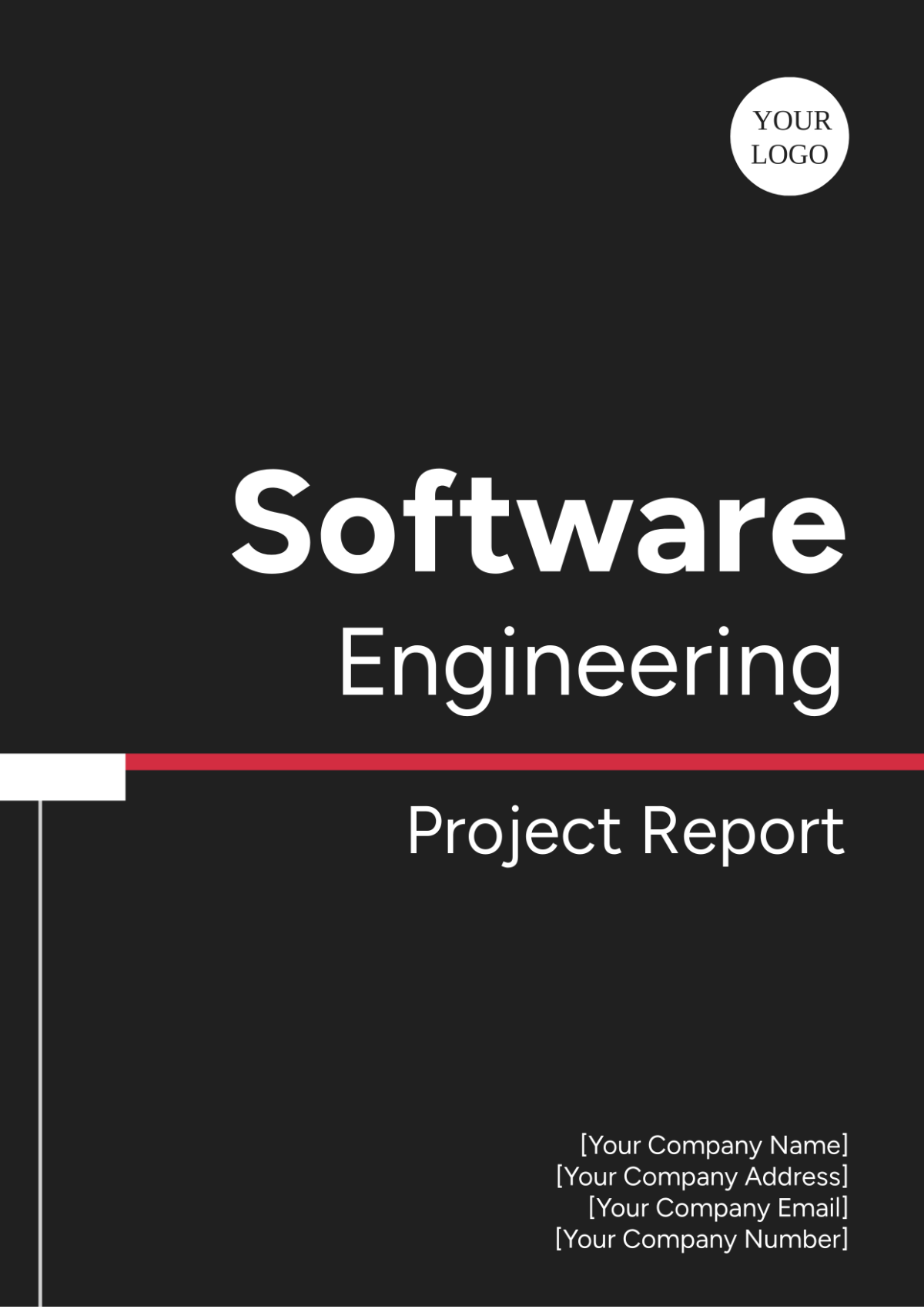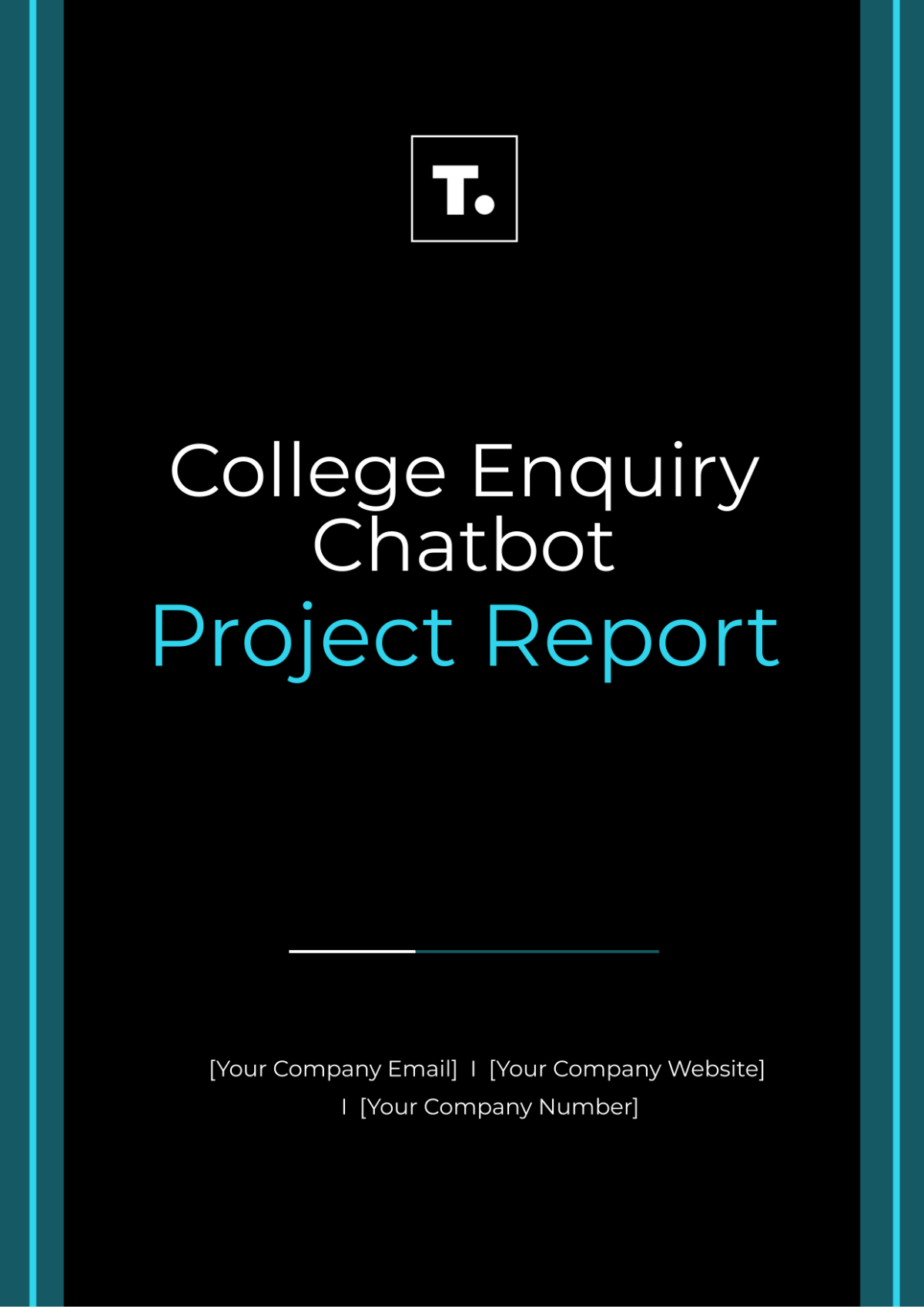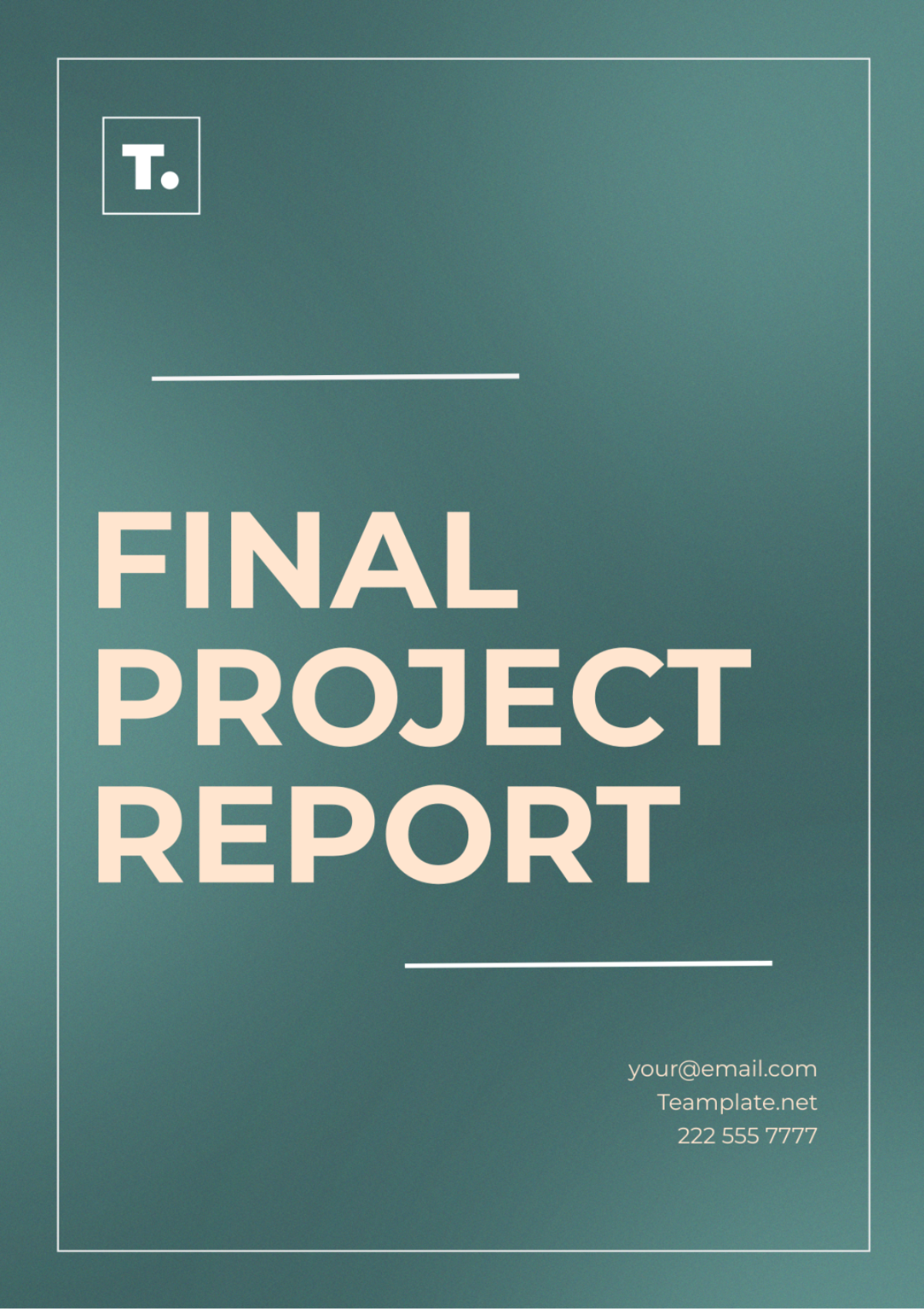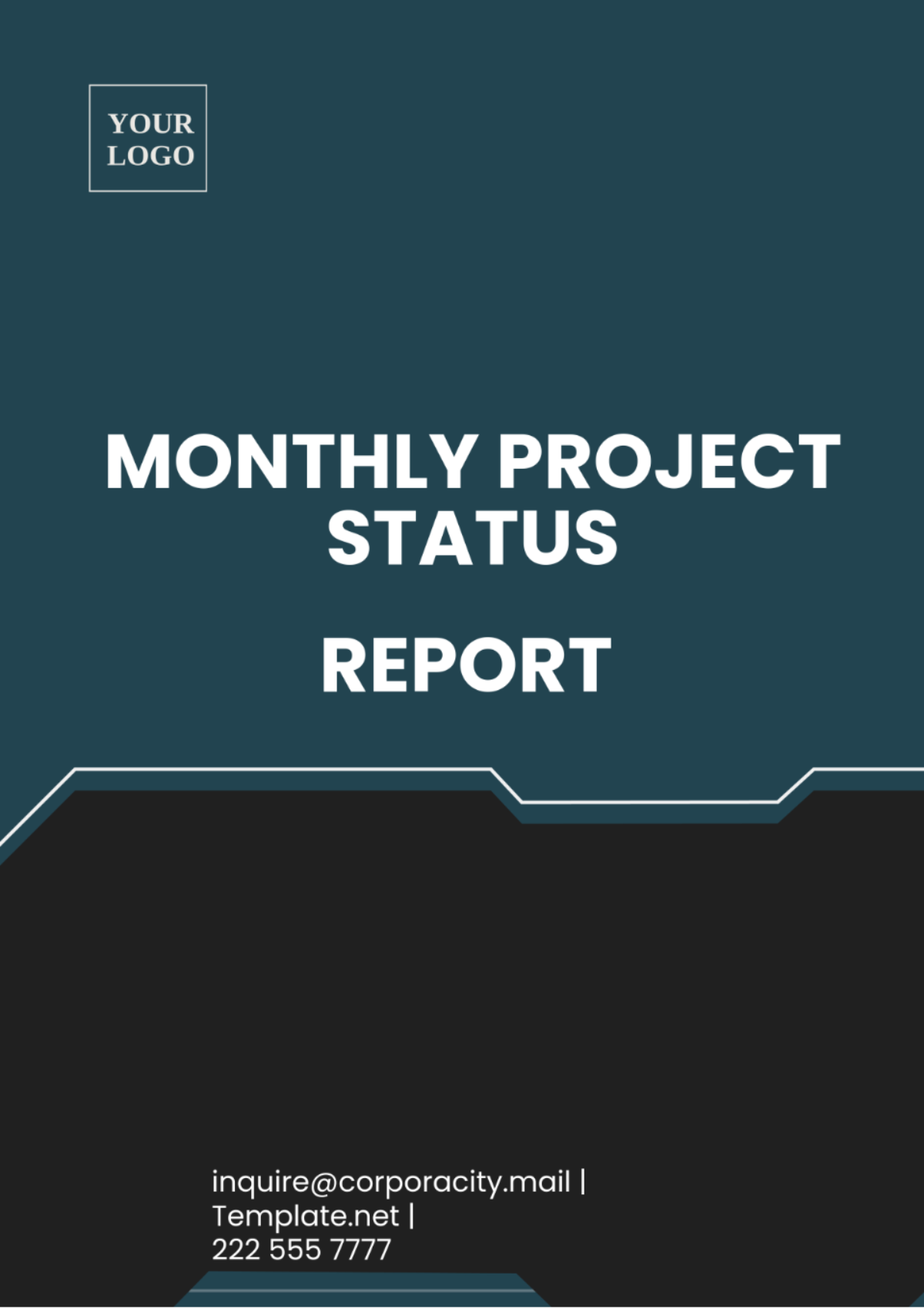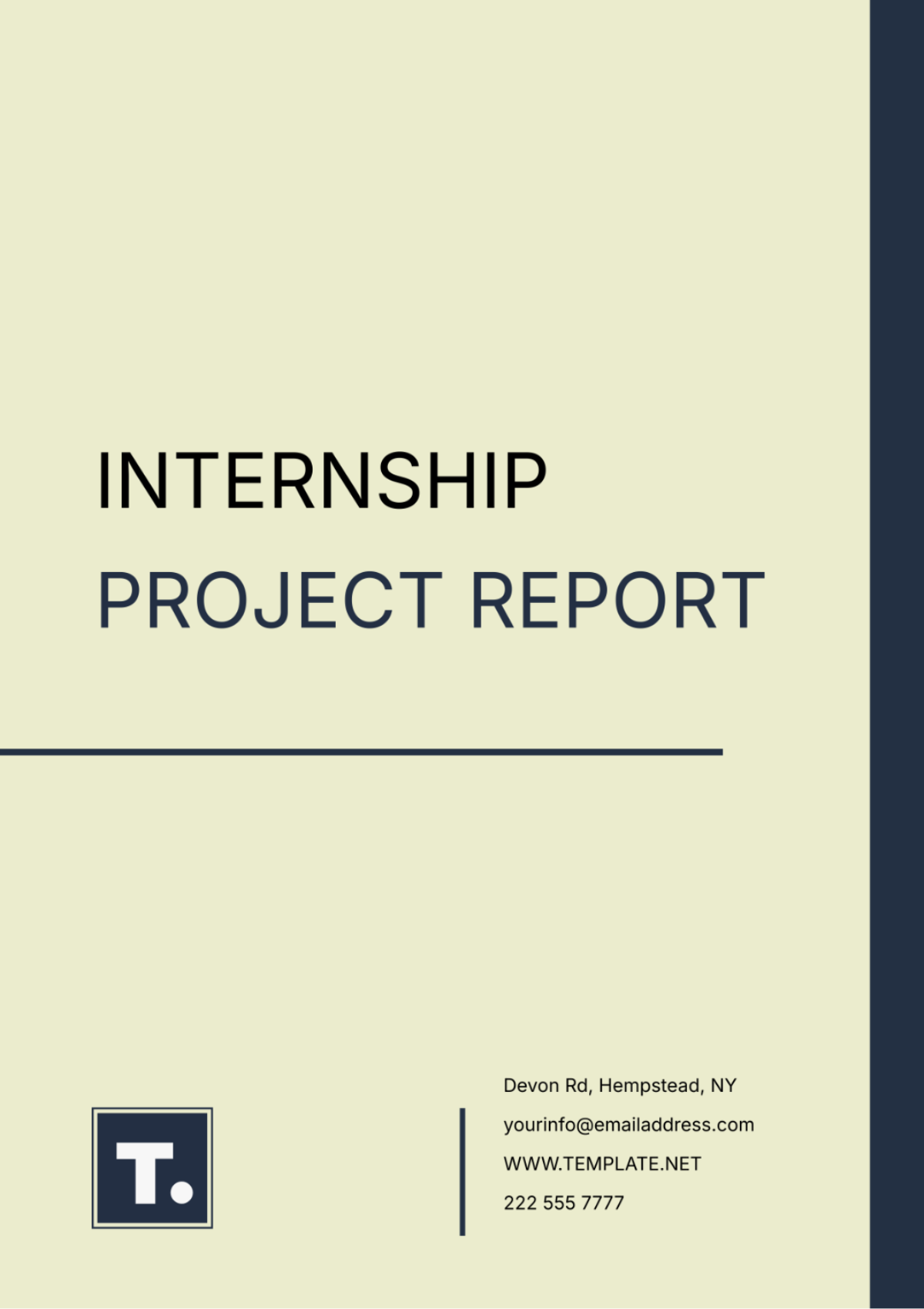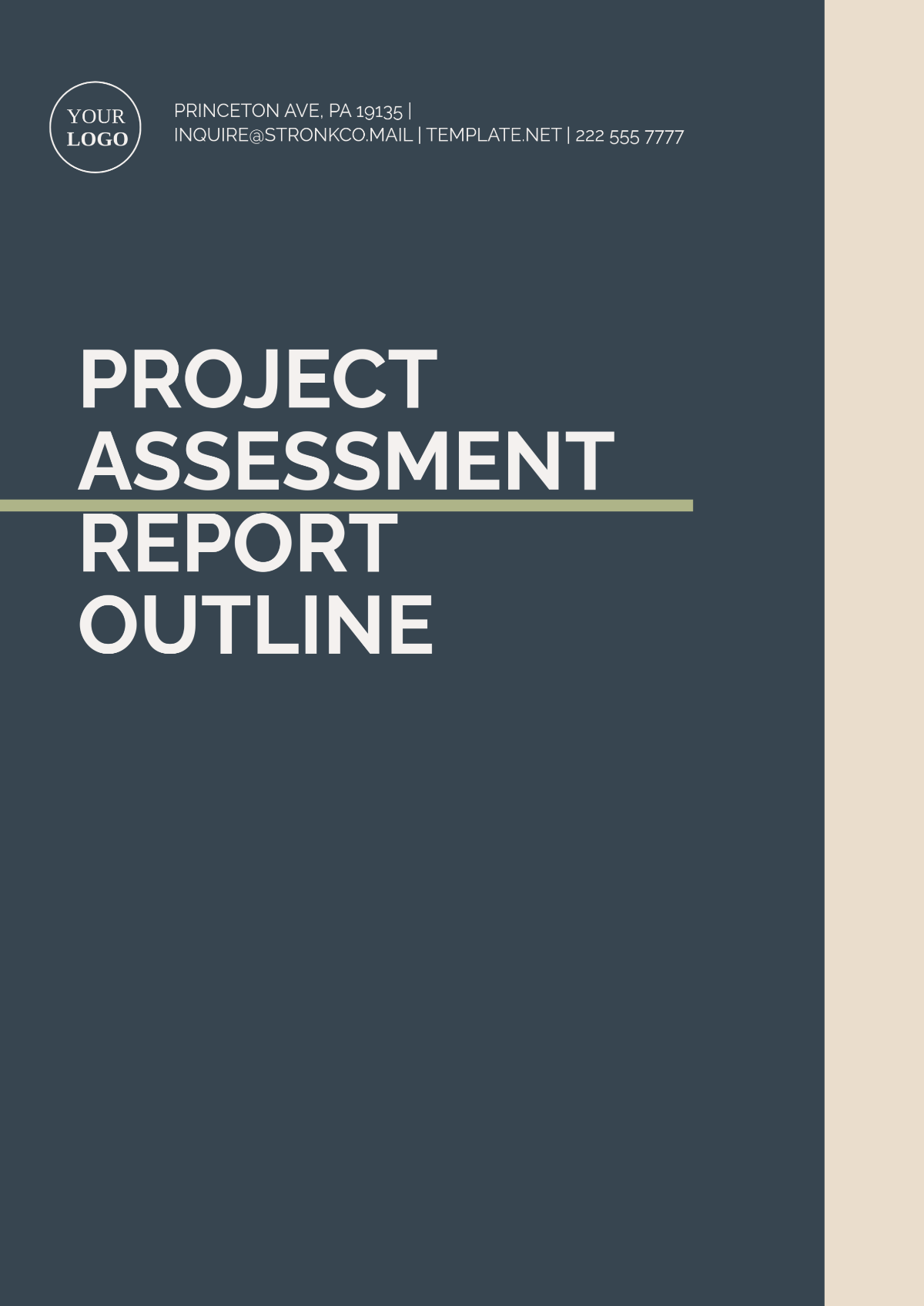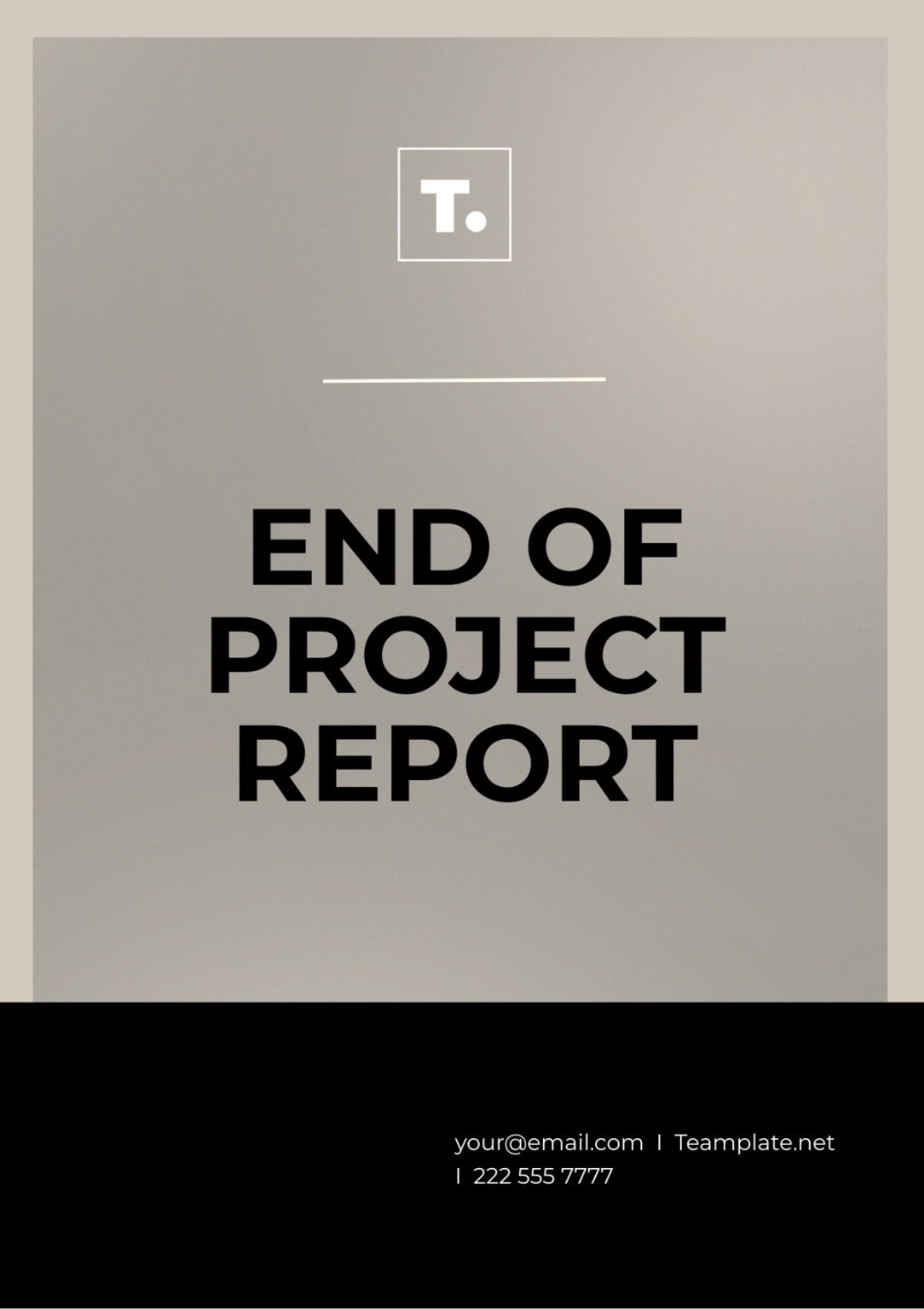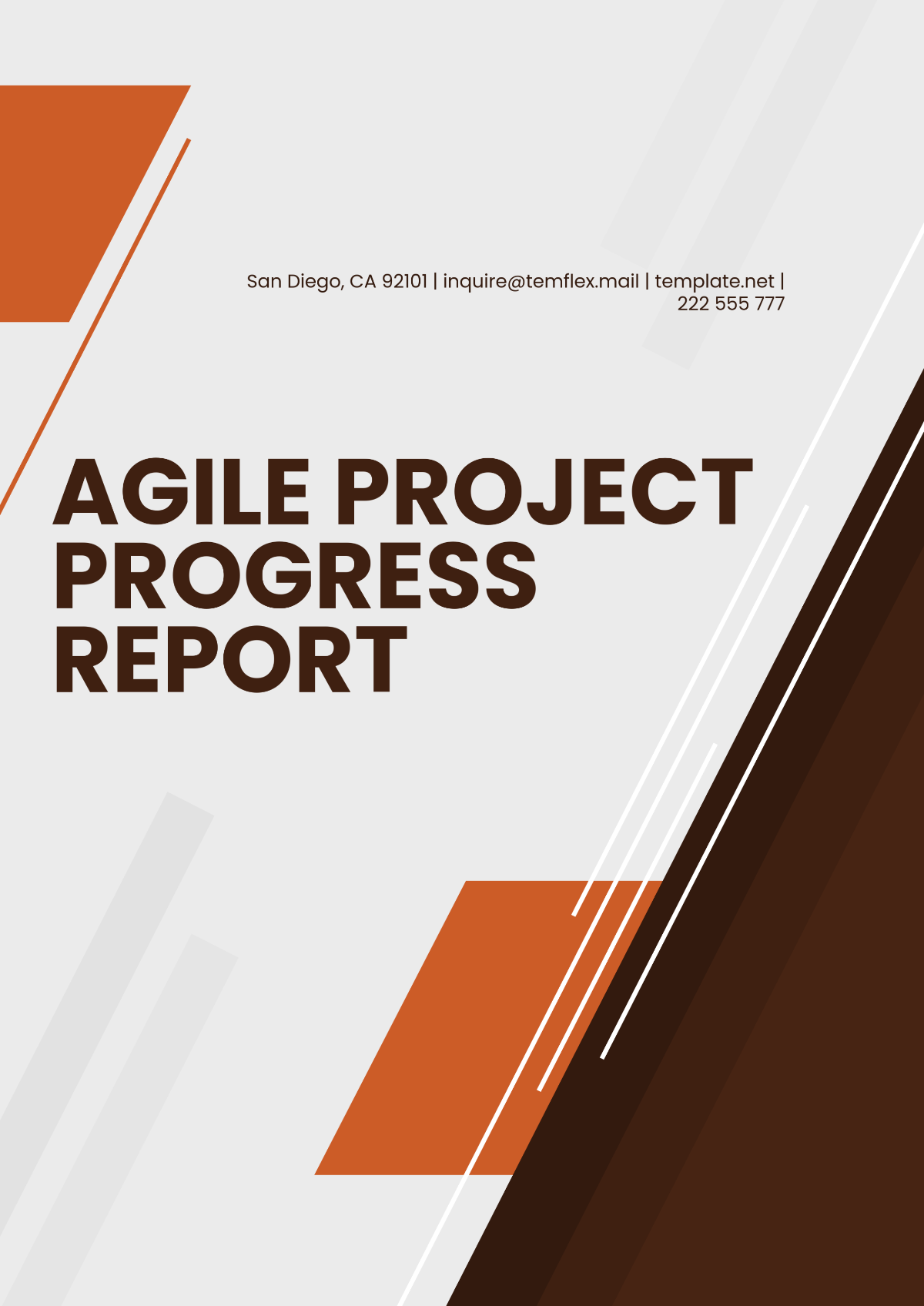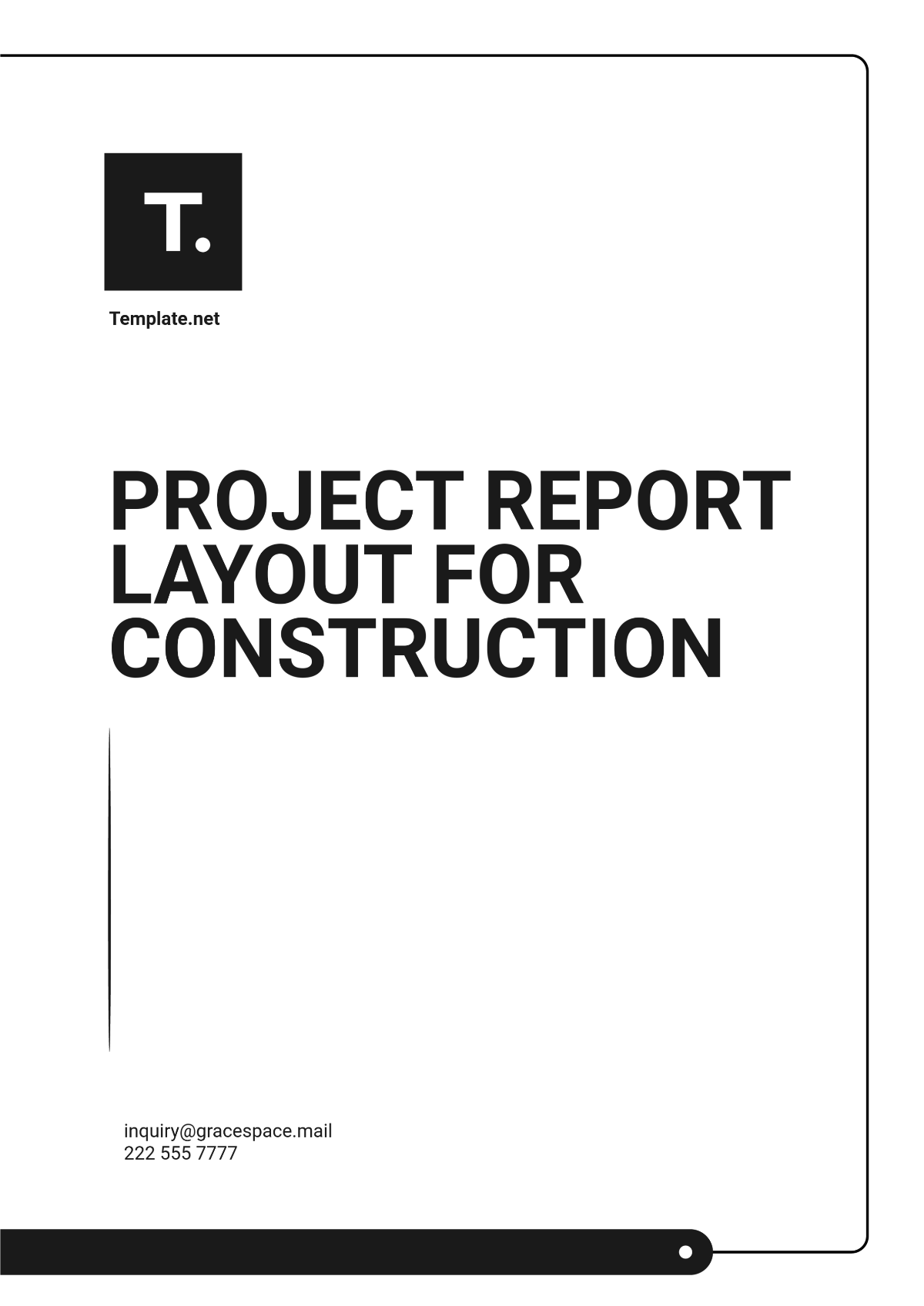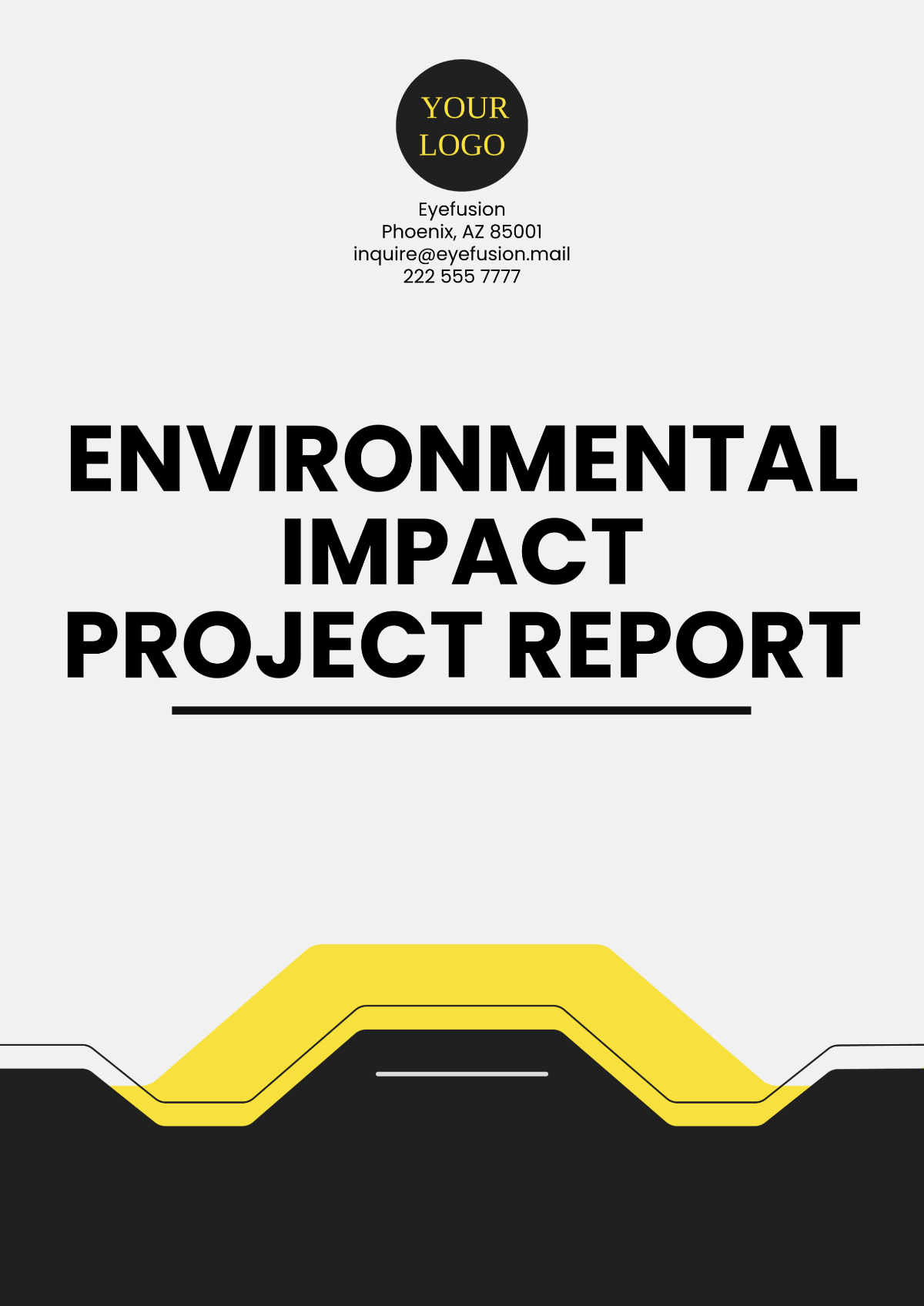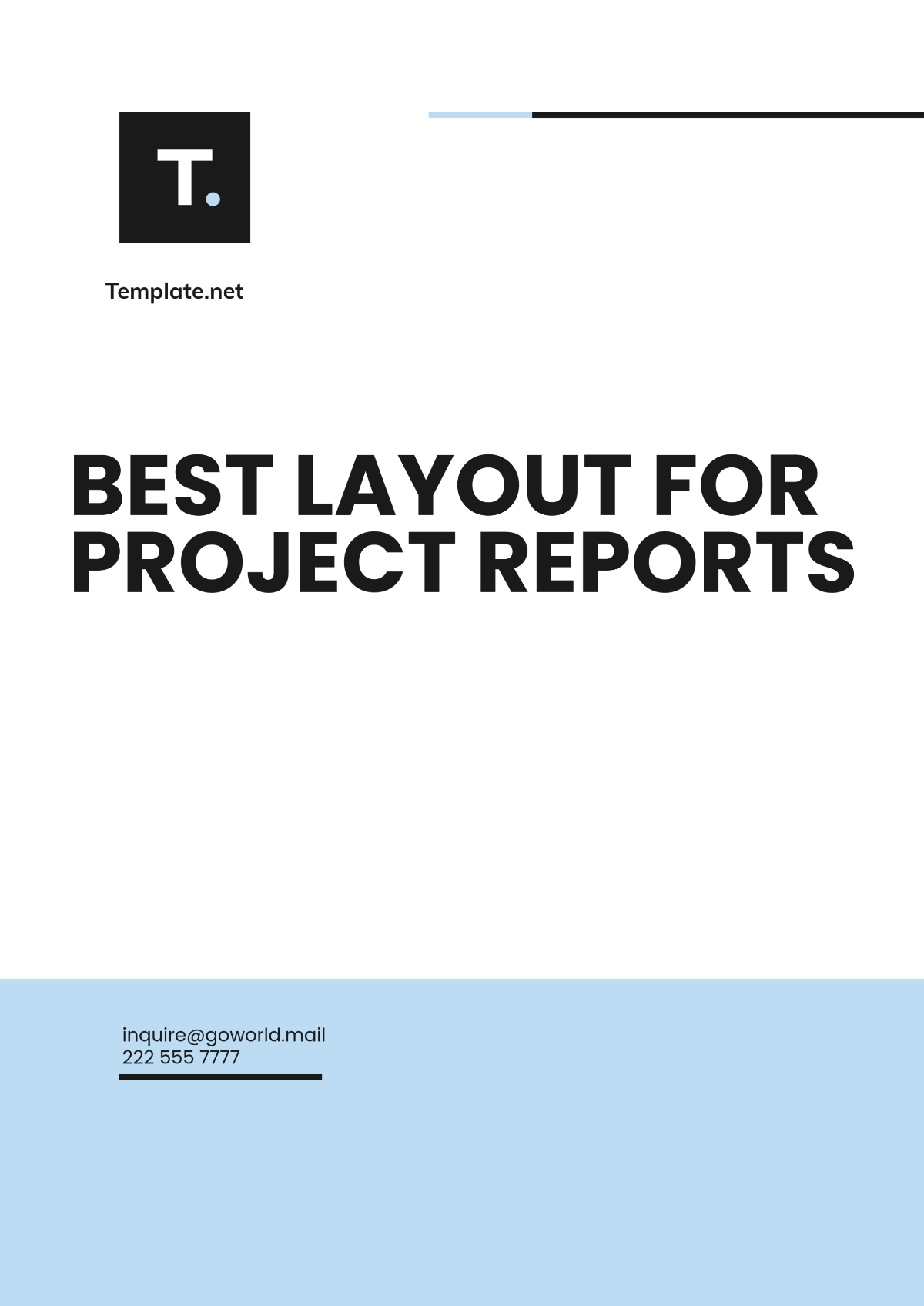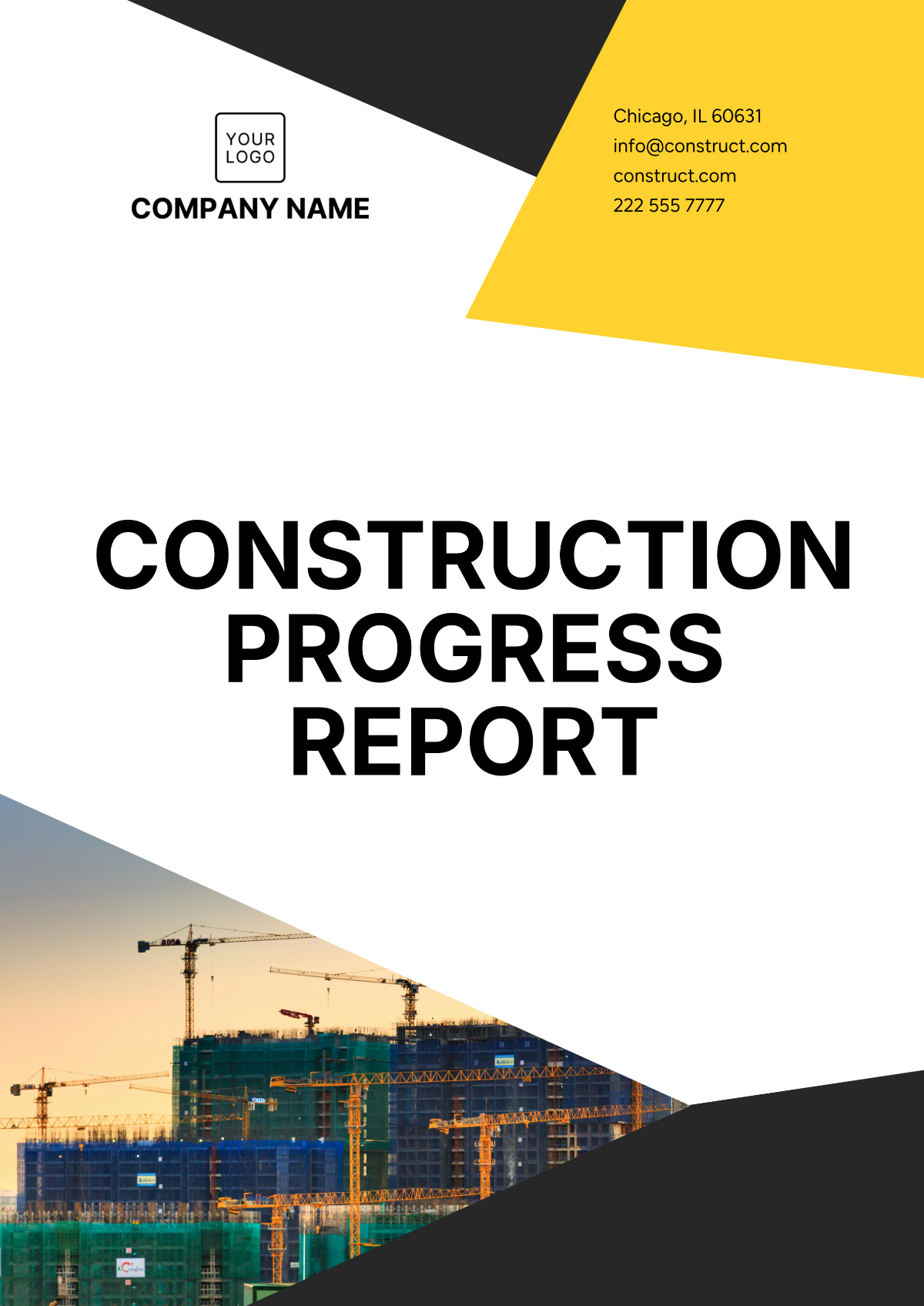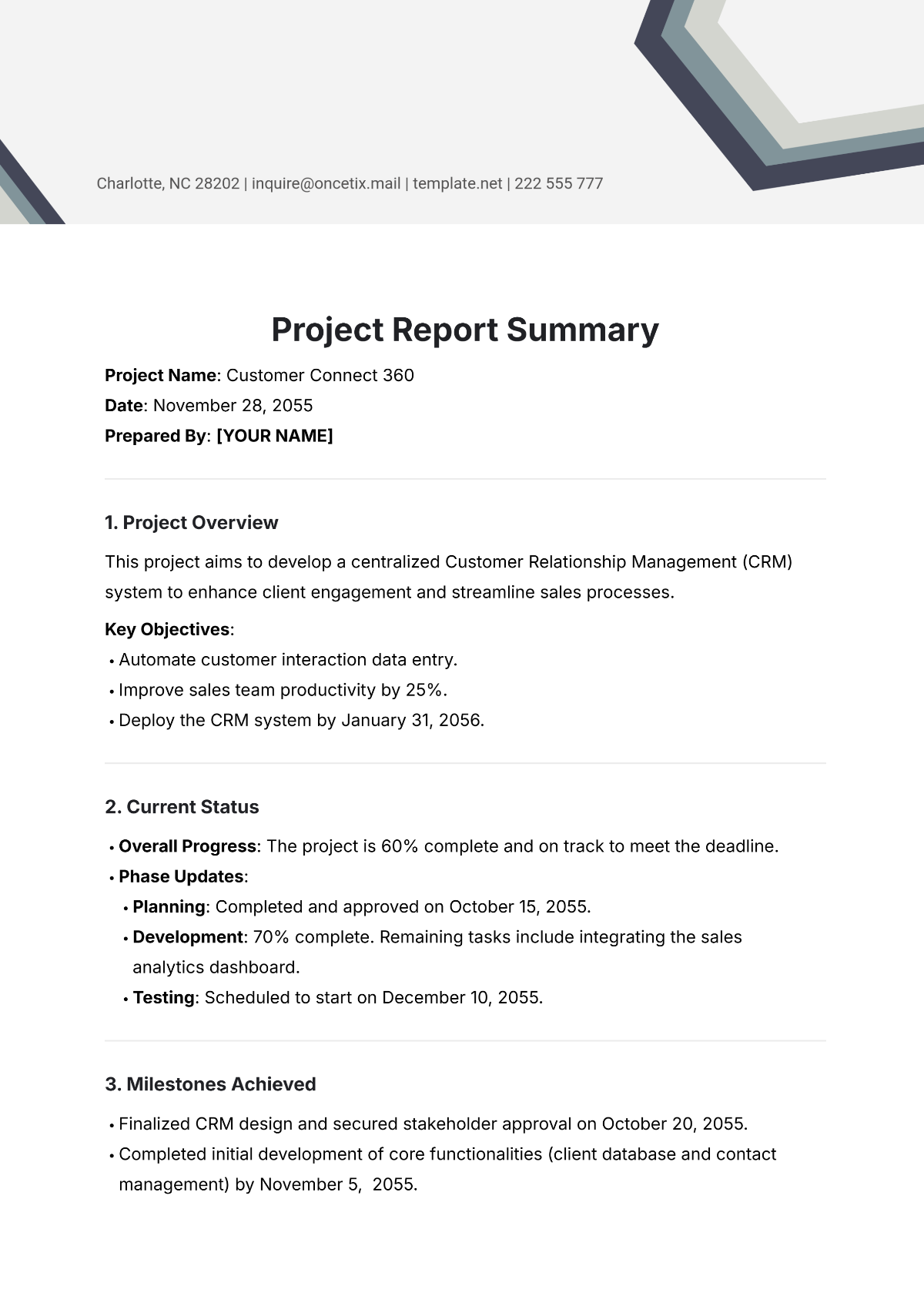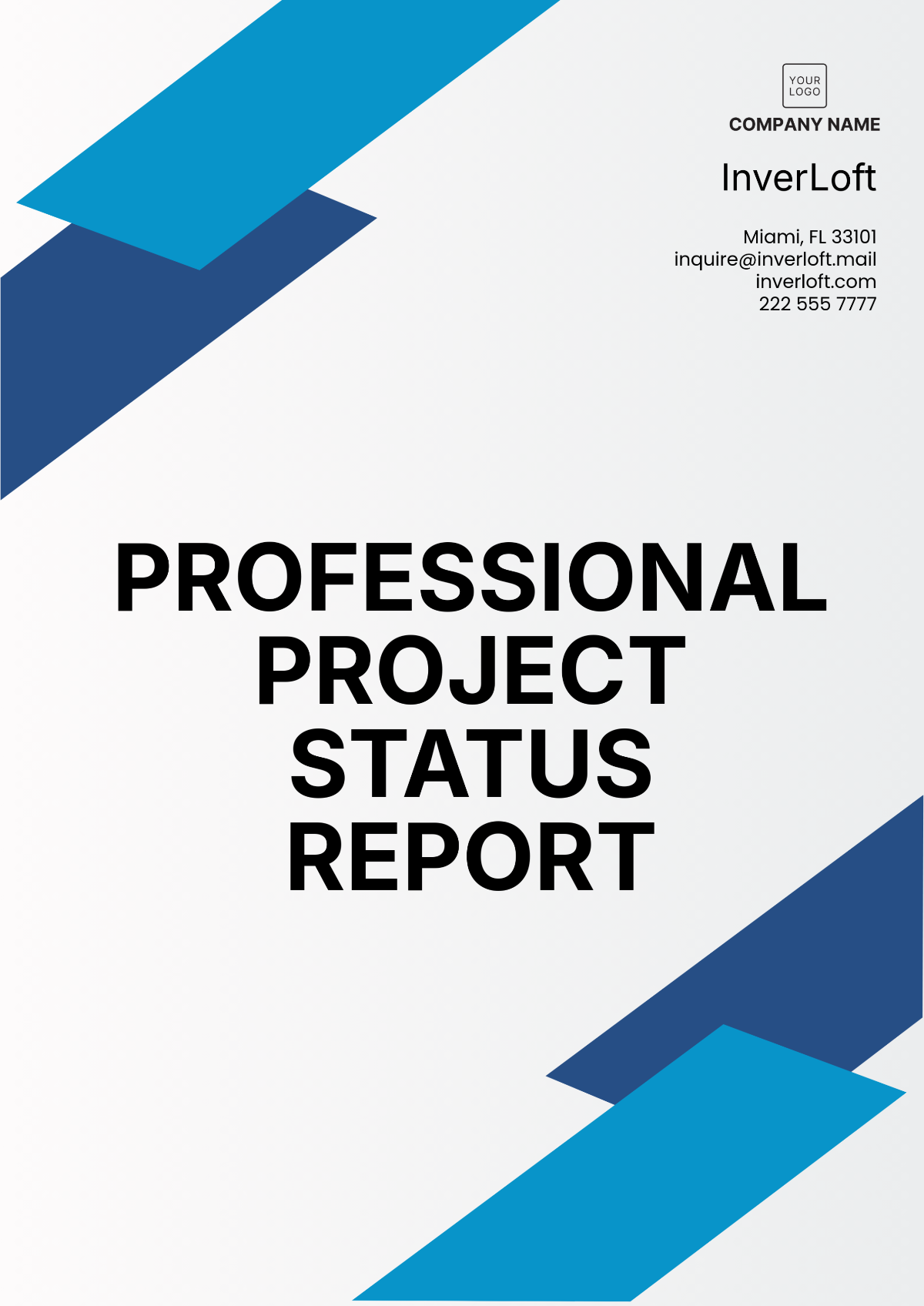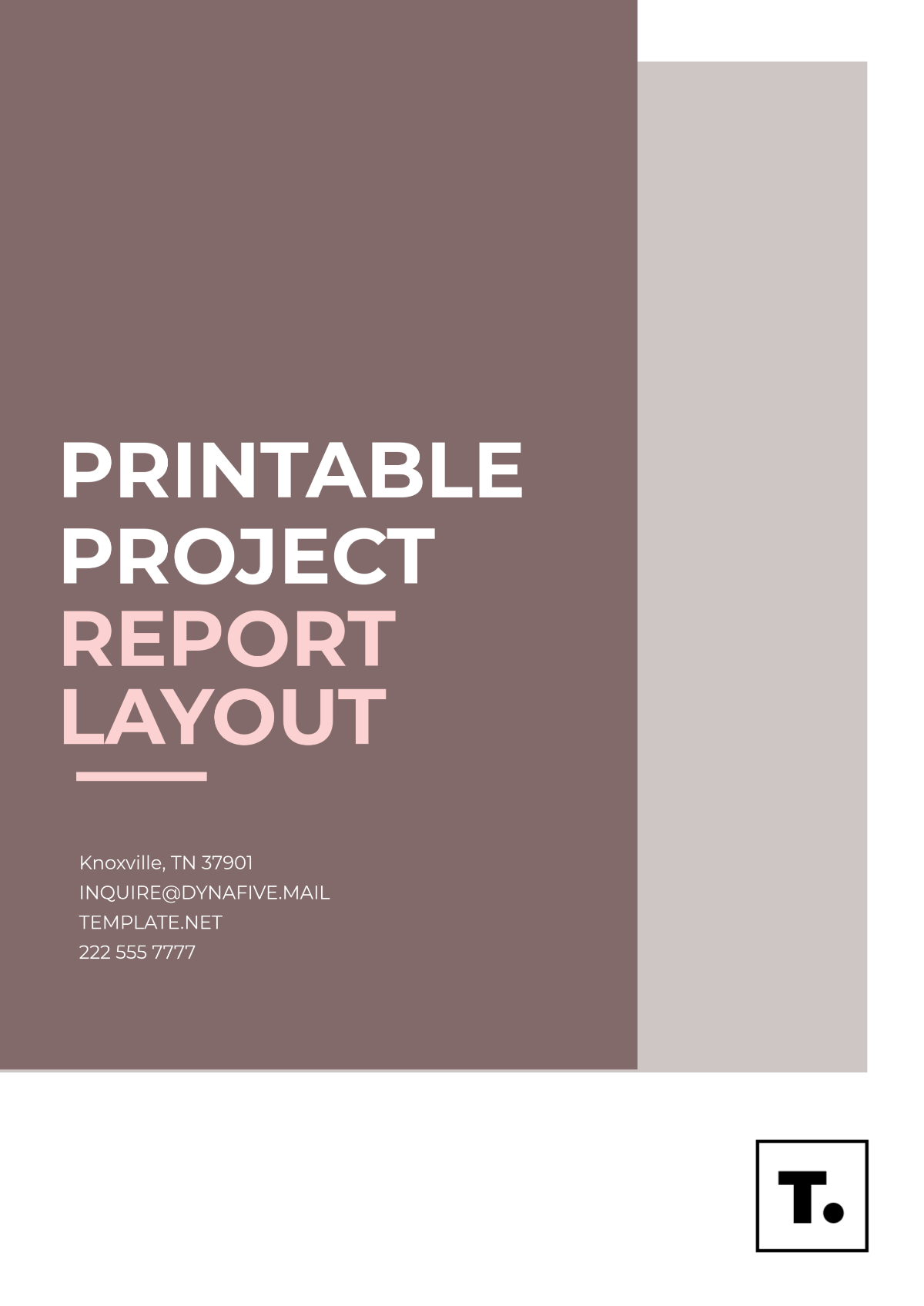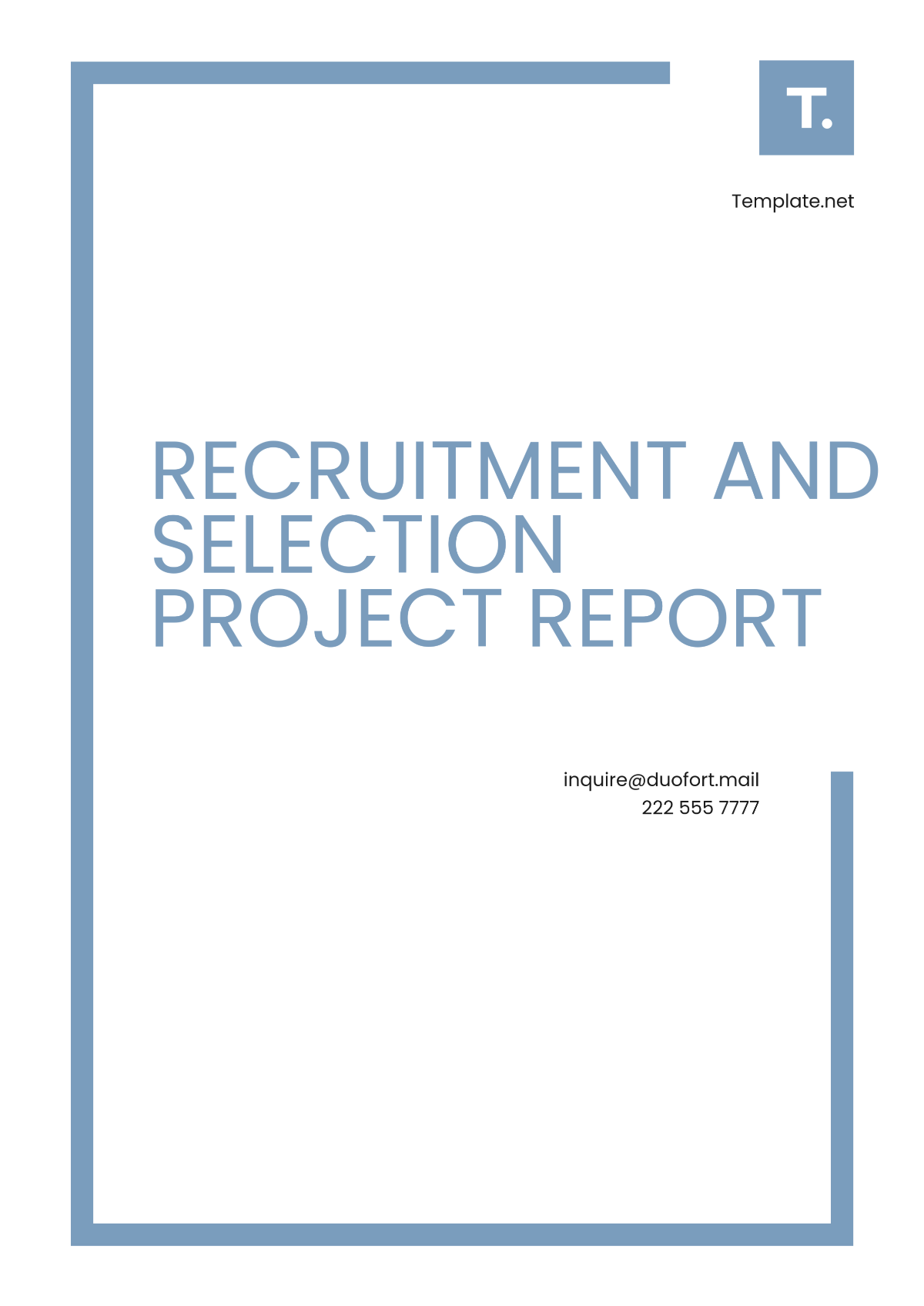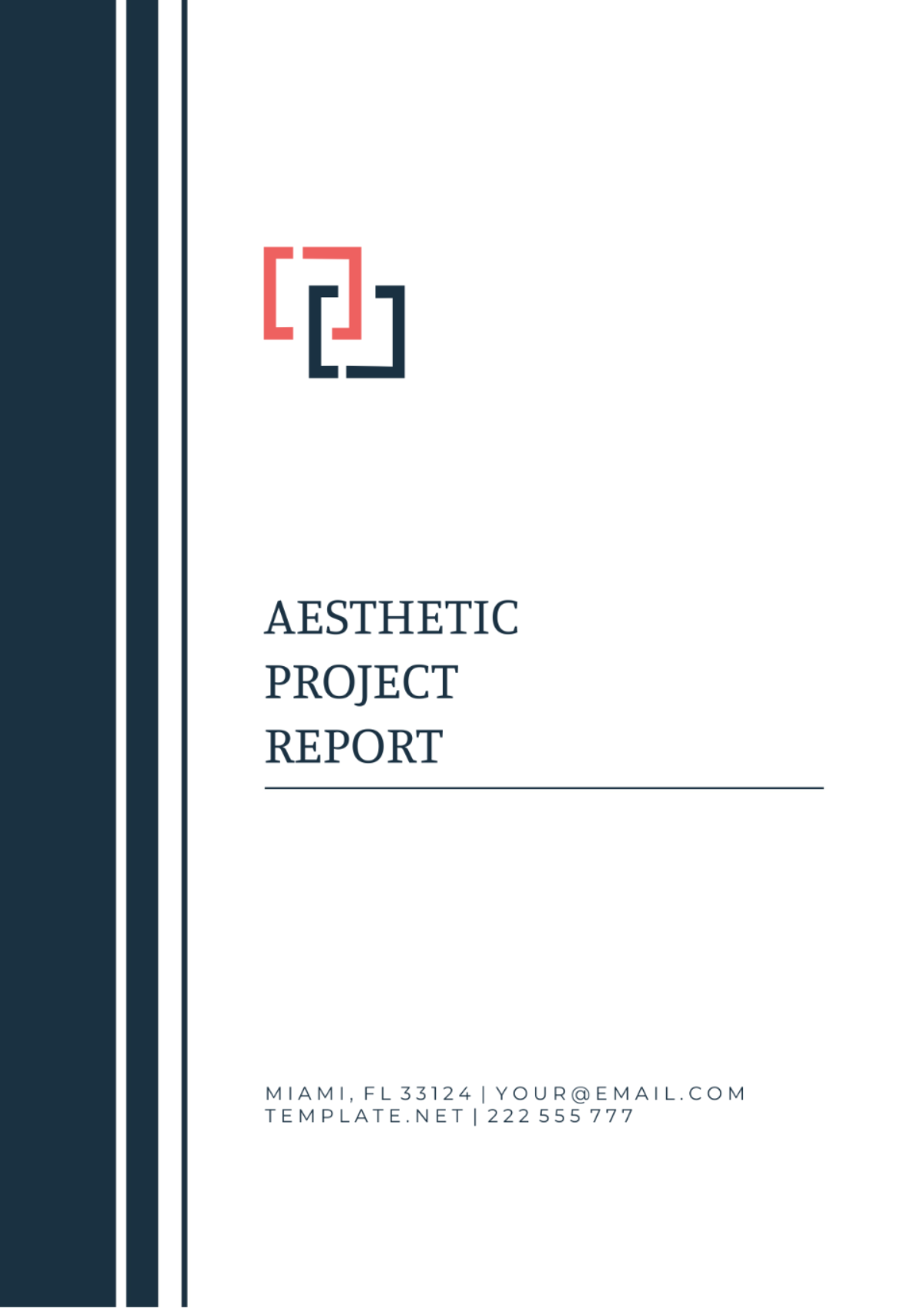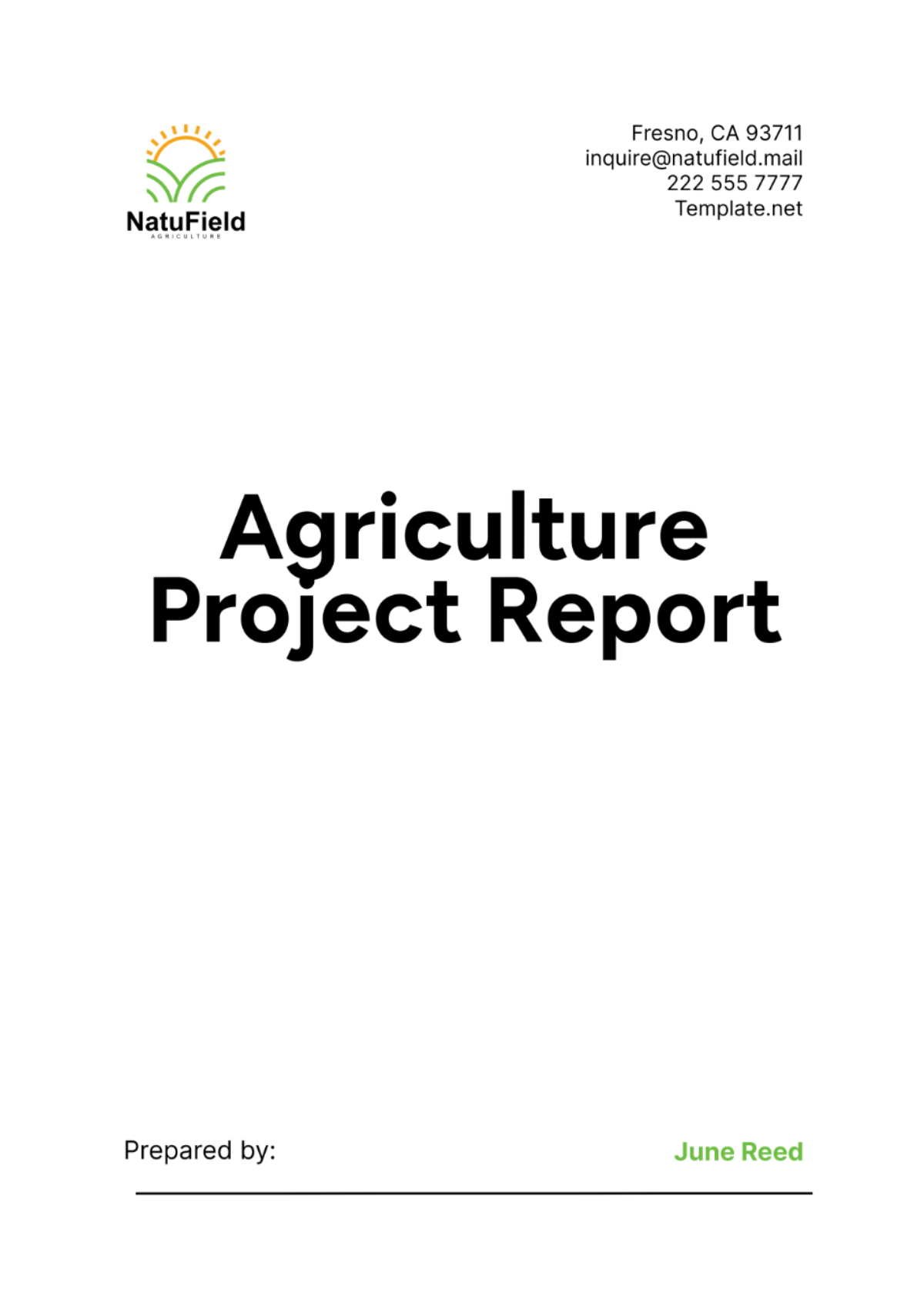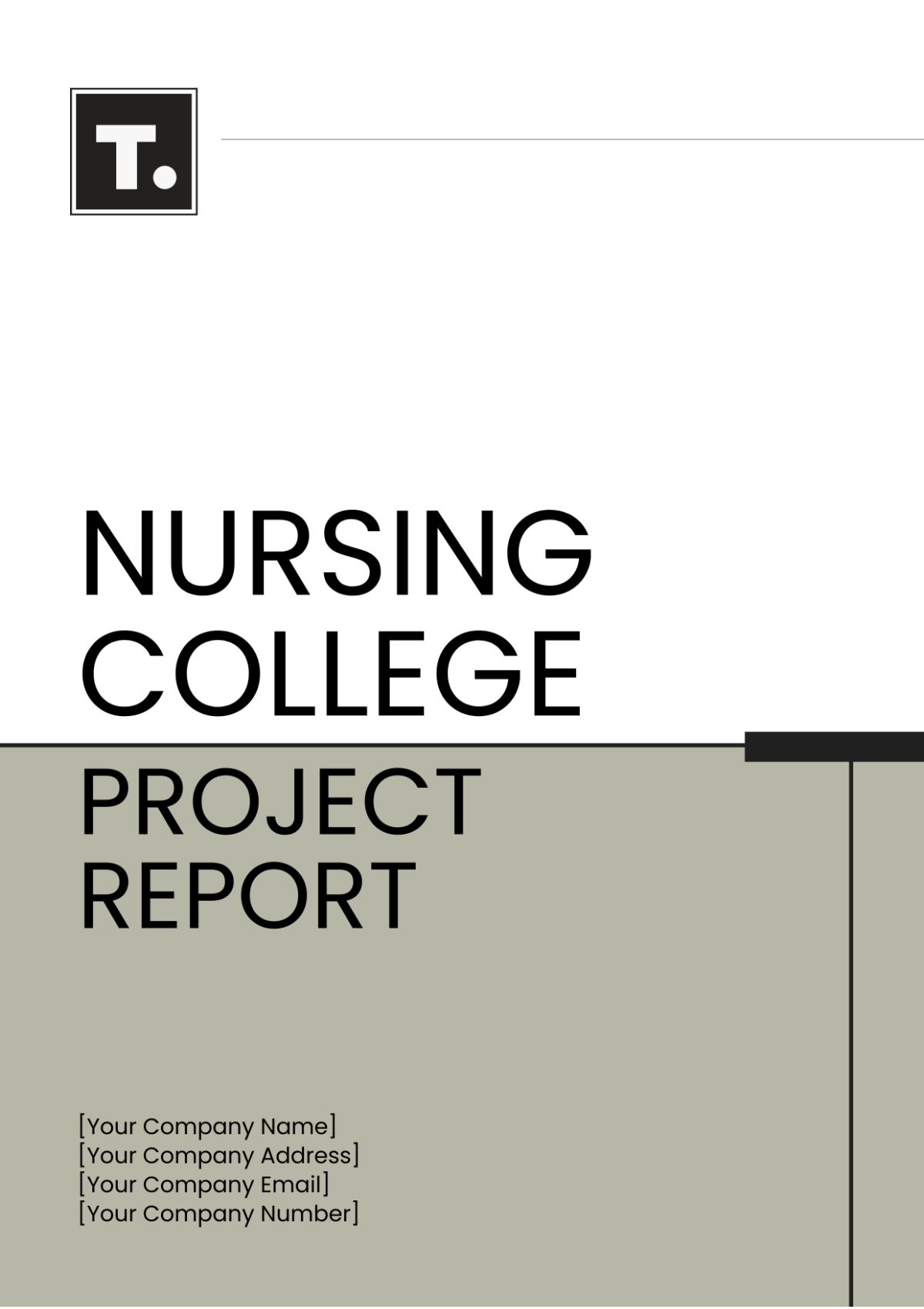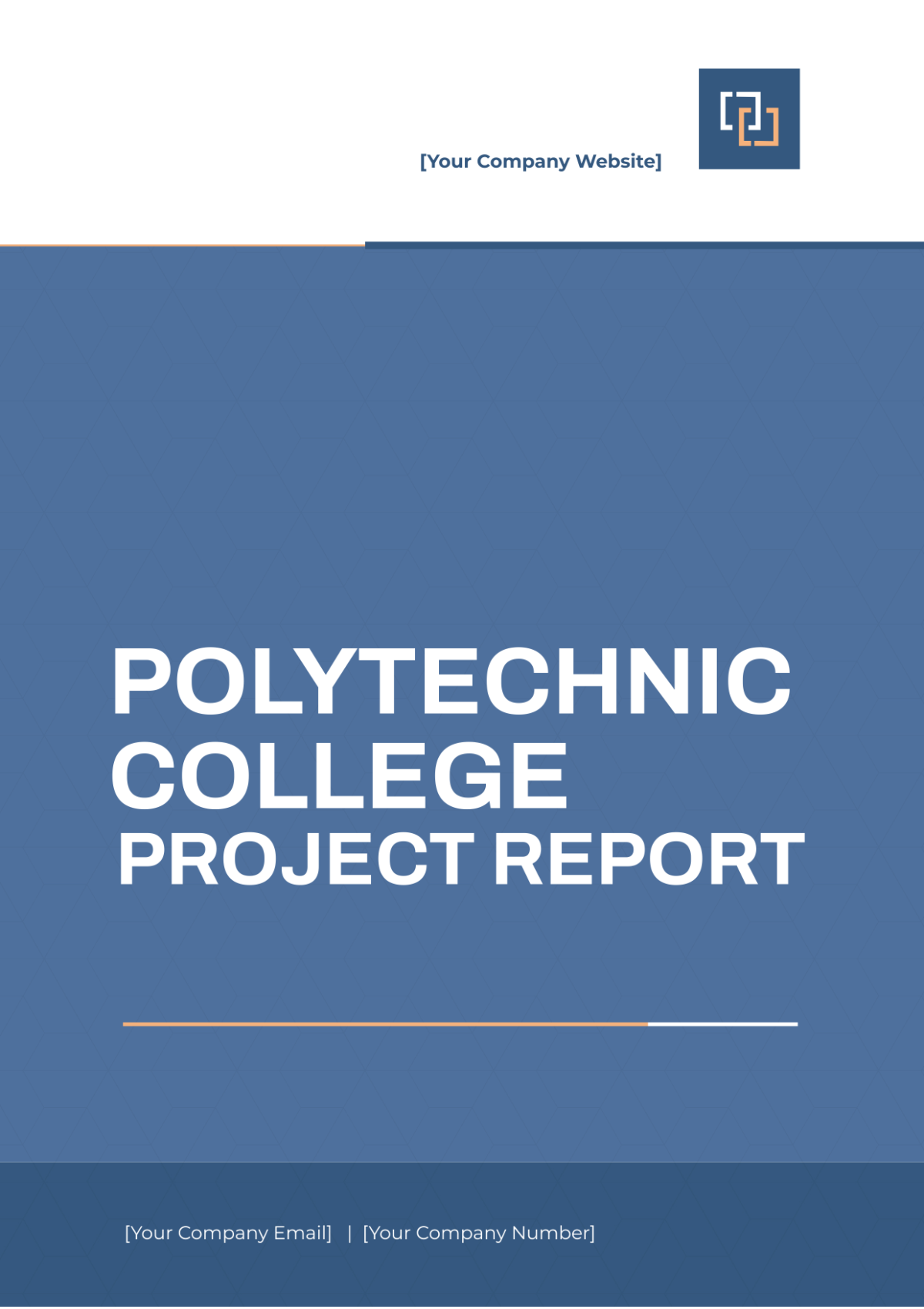Project Inception Report
Report Prepared By: | [Your Name] |
Position: | [Your Position] |
Company Name: | [Your Company Name] |
Date: | [Date] |
I. Introduction
The [Your Company Name] is embarking on a groundbreaking project to develop a sustainable energy solution for urban areas. This report serves to outline the initial plan and strategy for the project, codenamed "[Project Name]."
The primary objective of this report is to provide stakeholders with a clear understanding of the project scope, objectives, and key considerations at its inception stage.
The report is structured to cover essential aspects such as project objectives, scope, stakeholder analysis, risk assessment, mitigation strategies, and a high-level project timeline.
II. Project Objectives
Develop an innovative energy solution that reduces carbon emissions by 50% within urban environments by 2055.
Increase energy efficiency and promote renewable energy sources to enhance sustainability and resilience in urban infrastructure.
Foster collaboration with local governments, businesses, and communities to implement the [Project Name] and drive positive environmental impact.
III. Scope and Deliverables
The project scope includes research and development of new energy technologies, pilot testing in select urban areas, and scaling up successful solutions for widespread implementation.
Deliverables will include feasibility studies, prototype development, pilot project reports, and comprehensive documentation for knowledge sharing and replication.
IV. Stakeholder Analysis
Key stakeholders include government agencies, utility companies, environmental organizations, technology providers, and local communities.
Government agencies have a high level of influence and interest in promoting sustainable development initiatives, while technology providers play a crucial role in developing innovative solutions.
Effective stakeholder engagement strategies will be implemented to ensure alignment of interests and active participation throughout the project lifecycle.
V. Project Risks and Mitigation
Risk | Likelihood | Impact | Mitigation Strategy |
|---|---|---|---|
Technological Uncertainty | High | High |
|
Regulatory Challenges | Medium | High |
|
Funding Constraints | High | High |
|
Public Acceptance Issues | Medium | High |
|
VI. Initial Resource Requirements
Resources required for the initial phases of the project include:
Resource Type | Description |
|---|---|
Human Resources |
|
Financial Budget | An initial budget of $10,000,000 |
Technological Resources |
|
VII. Project Timeline
Phase | Activities | Start Date | End Date |
|---|---|---|---|
Phase 1: Research and Development |
| January 1, 2050 | December 31, 2051 |
Phase 2: Pilot Testing in Urban Areas |
| January 1, 2052 | December 31, 2053 |
Phase 3: Scaling Up and Implementation |
| January 1, 2054 | December 31, 2055 |
Phase 4: Monitoring and Evaluation |
| January 1, 2056 | December 31, 2057 |
Phase 5: Knowledge Sharing and Replication |
| January 1, 2058 | December 31, |
VIII. Conclusion
The [Project Name] represents a transformative effort to address pressing environmental challenges and pave the way for a sustainable future. By leveraging innovative technologies and fostering collaboration among diverse stakeholders, we aim to create lasting positive impacts and build resilient urban communities for generations to come.
This Project Inception Report lays the foundation for a structured and well-planned project. With clear objectives, identified resources, and a detailed timeline, [Your Company Name] is well-positioned to execute this project successfully.

